Mae Hong Son Loop Detailed Travel Guide 2026
Embarking from the captivating city of Chiang Mai, the Mae Hong Son Loop presents a thrilling 600km adventure through the breathtaking landscapes of Mae Hong Son province. Journeying through key destinations, including the serene Mae Sariang, the culturally rich Mae Hong Son, and the laid-back haven of Pai, travelers can explore the loop in any direction. This unforgettable experience showcases awe-inspiring mountain vistas, vibrant local culture, and a myriad of hidden gems, promising an unparalleled road trip for intrepid explorers.
If you are starting the Mae Hong Son Loop from Chiang Mai, it helps to begin with a bike that is properly prepared for mountain roads. Tire condition, brakes, and basic support matter more than saving a little on the daily rate. A scooter is fine for many riders, but a higher cc motorbike can feel more stable on steep descents and long days. For bike options and availability, see our Chiang Mai rentals.
Basic Route Information
Distance Between Major Settlements
- Chiang Mai to Pai – 147km
- Pai to Mae Hong Son – 107km
- Mae Hong Son to Mae Sariang –162km
- Mae Sariang to Chiang Mai –196km
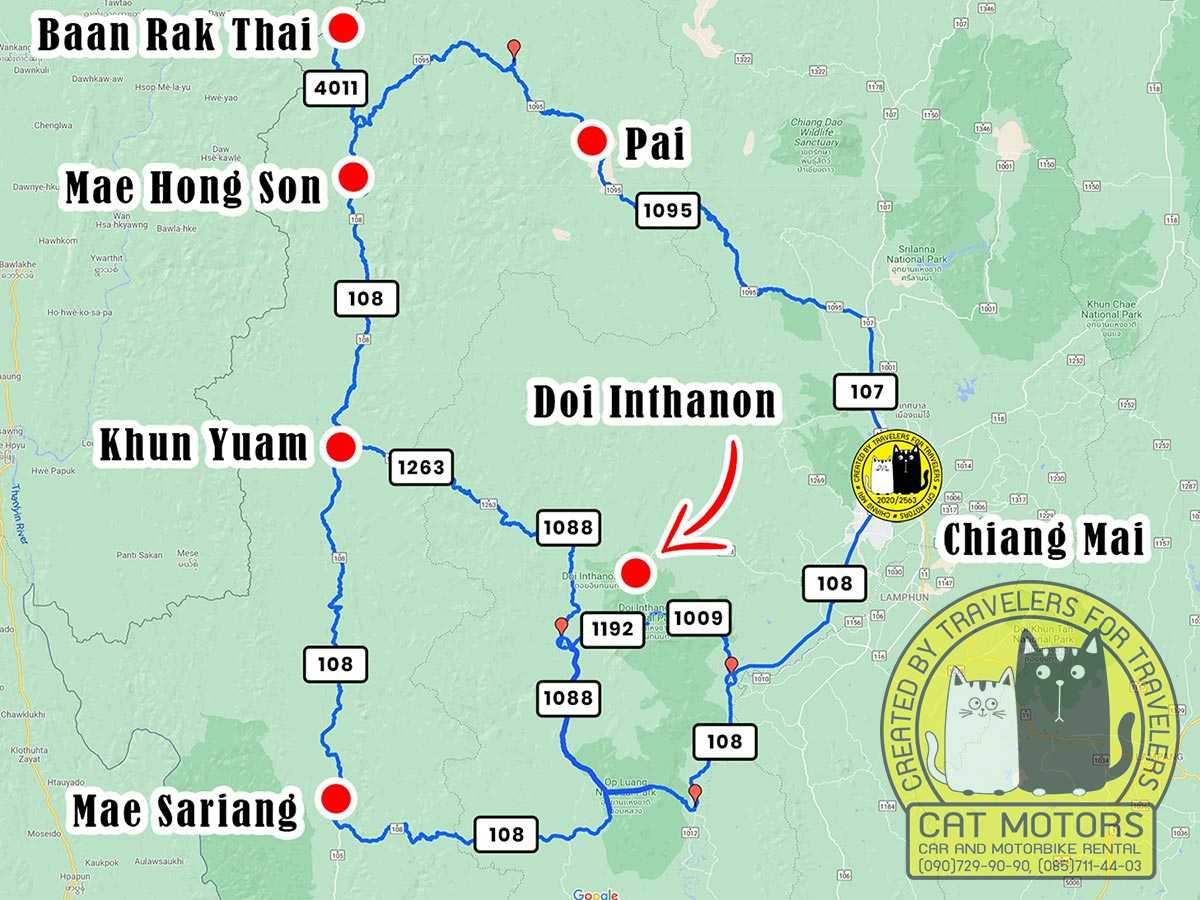
Mae Hong Son Loop Trip Duration
The Mae Hong Son Loop is a circular route in Northern Thailand that spans about 600 kilometers (around 370 miles) and includes over 1,800 curves through mountainous terrain. This route is typically started and finished in Chiang Mai and takes you through various towns and provinces, including Pai, Mae Hong Son, and Mae Sariang.
The time it takes to complete the Mae Hong Son Loop really depends on your pace and how much you want to explore the areas you pass through. Some people complete it in as little as 3-4 days, while others prefer to take their time, spending a week or more to fully enjoy the sights, activities, and cultural experiences along the way.
Most riders plan 3 to 5 days so they can ride in daylight only and still stop at viewpoints without rushing. If your schedule is flexible, it is worth knowing how extensions work, including pricing and return time.
For a more leisurely trip, allowing for time to visit local attractions, soak in hot springs, visit hill tribe villages, or go trekking in national parks, a week is a more reasonable time frame. However, if you’re planning on doing the loop by motorbike, which is a popular option, be sure you’re comfortable with riding, as the roads are often winding and can be challenging, particularly in wet weather.
Remember to plan ahead and check the local weather and road conditions, especially during the rainy season, which generally lasts from May to October.
Before leaving Chiang Mai, do a quick pre ride check: tire pressure, brake feel, and lights. Pack rain gear because conditions can change quickly in the mountains.
Away From The Main Route
If you want to explore not only the attractions along the road but also attractions located at a distance from the main route, the length of your way will increase by about 170 kilometers.
A trip to Ban Rak Thai adds +77 kilometers to your journey. A visit to Mae Surin Falls will add +80 kilometers to your itinerary. Finally, visiting Thailand’s highest mountain, Doi Inthanon, will add +20 kilometers to your trip.
Thus, with visits to all the main points of interest on the route, the total length of the Mae Hong Son loop would be approximately 789 kilometers.
Since the roads of this route are very winding, your speed will not exceed 30-40 kilometers per hour on some parts of the way. If you don’t rush anywhere and want to ride this route in comfort, your trip will take 3-5 days, depending on your experience and what sights you want to visit.
Accommodation
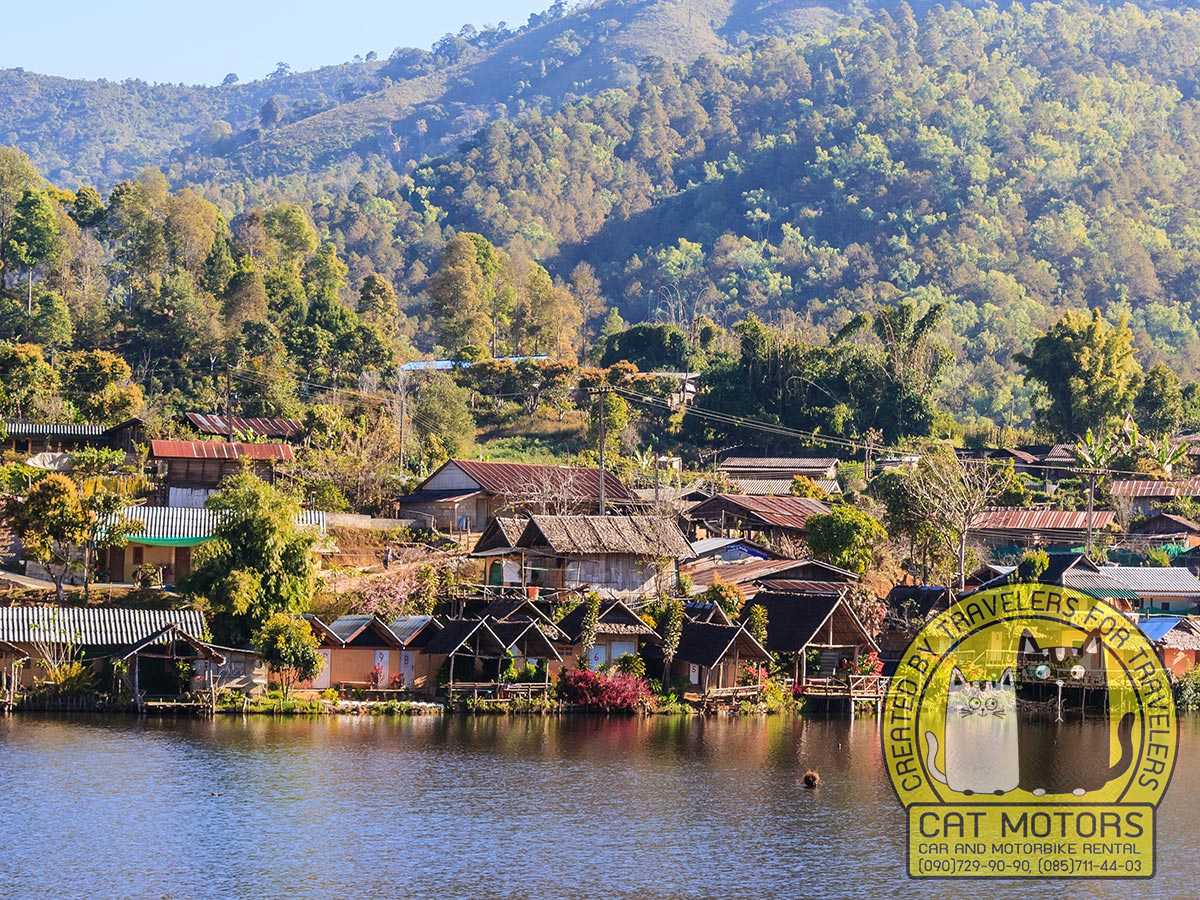
Embarking on the Mae Hong Son Loop, an esteemed circuit for motorcyclists in Northern Thailand, presents a tapestry of accommodation options, each with its unique appeal to the discerning traveler. Here’s an expert’s guide to navigating these choices:
Guesthouses and Homestays: These hidden gems, often nestled in quaint villages, offer a glimpse into local life. Run by local families, they’re not just a place to stay but a cultural immersion. Cost-effective yet rich in experience, they’re ideal for travelers seeking authenticity.
Hostels: For the social nomad, hostels in hubs like Pai and Mae Hong Son are the go-to. They’re economical, sociable, and a melting pot of international backpackers. A perfect choice for those traveling light and looking to connect.
To be honest, we hate hostels as places of accommodation where a traveler can relax after a long journey. We believe that a place to sleep should be private, without intrusion from other people, even if they are super friendly.
Hotels and Resorts: In popular locales, upscale hotels and resorts provide a sanctuary of comfort. Equipped with amenities from pools to spas, they cater to those desiring a blend of adventure and luxury.
Camping and Eco-lodges: For the eco-conscious and adventure-seekers, these accommodations offer a rendezvous with nature. Positioned near national parks, they’re perfect for those who favor a tent under the stars or a sustainable lodge over conventional stays.
Boutique Hotels: Scattered across the loop, these hotels are for the traveler who appreciates the finer things. Each hotel is a unique narrative, merging local artistry with modern luxury.
As a seasoned traveler, consider not just your budget but the essence of your journey. Whether seeking cultural depth, social interaction, luxury, adventure, or eco-conscious living, the Mae Hong Son Loop accommodates all. Advanced booking is a wise move, especially to secure your spot in these sought-after stays during peak seasons.
Travel
The Mae Hong Son Loop is several hundred kilometers long and usually takes three to five days. The loop allows the traveler to experience the authentic culture of the northern Thais and Shan people who once migrated to these lands from the Shan states many years ago, which will undoubtedly enthrall anyone who travels this route.
If you plan to start and end your trip in Chiang Mai, it doesn’t matter if you drive clockwise or counterclockwise. But if you plan to head to Chiang Rai after completing the loop, it is better to start your journey clockwise. It will save you several hours of travel time.
By Car
We recommend Economy Bookings and Rental Cars if you want to rent a car for the Mae Hong Son loop. These are two global websites that search for available rental cars in the databases of the world’s largest rentals and compare prices, finding the best deals for you.
You must check both websites because sometimes prices can differ by 1,5-2 times. The same rentals on two websites publish different prices. It also depends on whether you are returning the car to the same city where you rented it or to a different one.
For example, I have chosen the booking dates of December 12 to 18, and I want to return the car to the same place where I rented it, at Chiang Mai Airport. At EconomyBookings, the rental price is only 5,824 baht (remember this amount, below I will tell you how it more than doubled in just a week later). In comparison, the rental fee at Rental Cars is 6,454 baht, which is 630 baht more expensive.
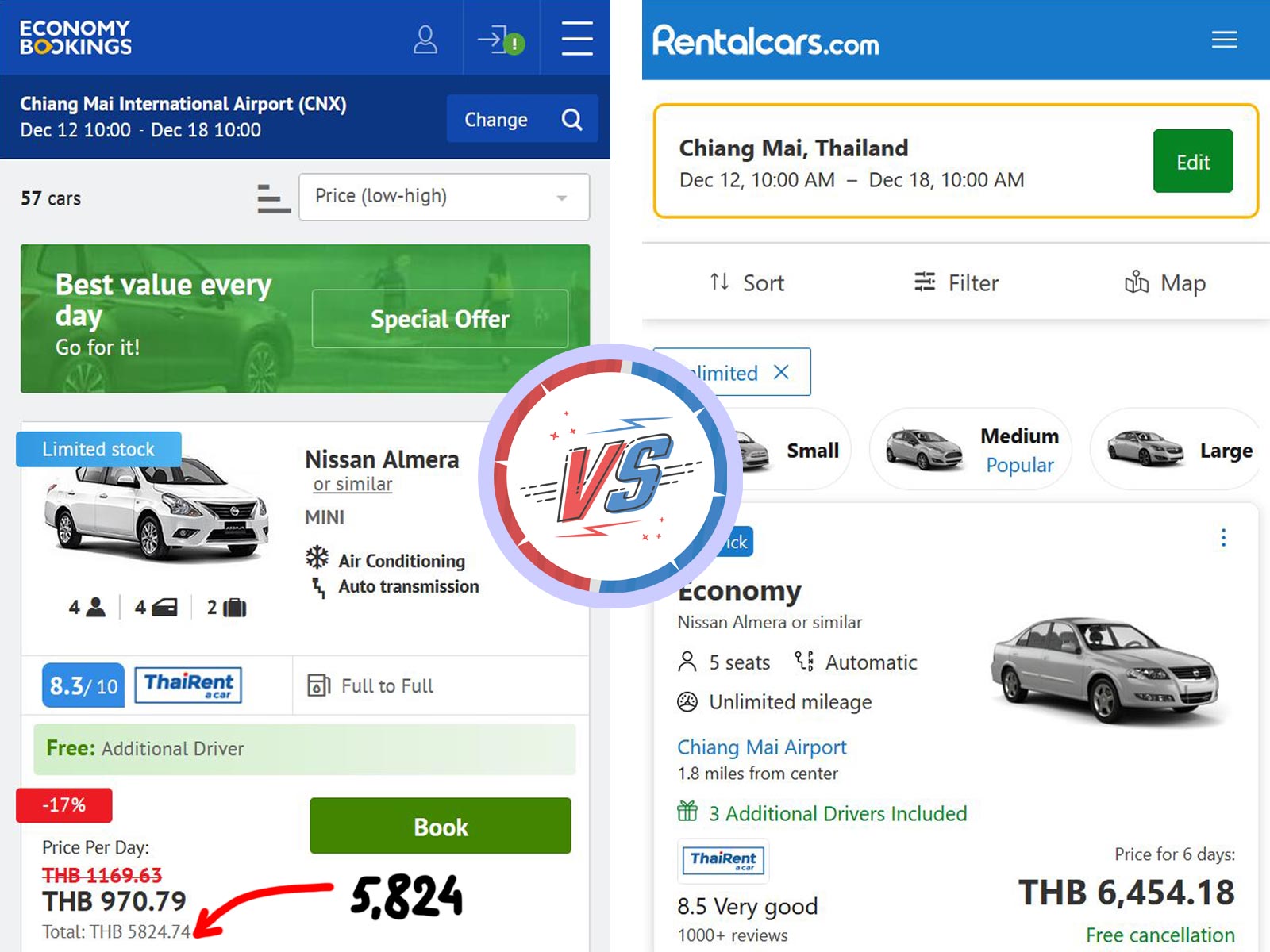
But if you rent a car for a one-way trip, like renting a car in Chiang Mai and returning it at Phuket, Rental Cars is a better value. Your savings if renting a vehicle from Rental Cars, compared to EconomyBookings, will be 4,078 baht.
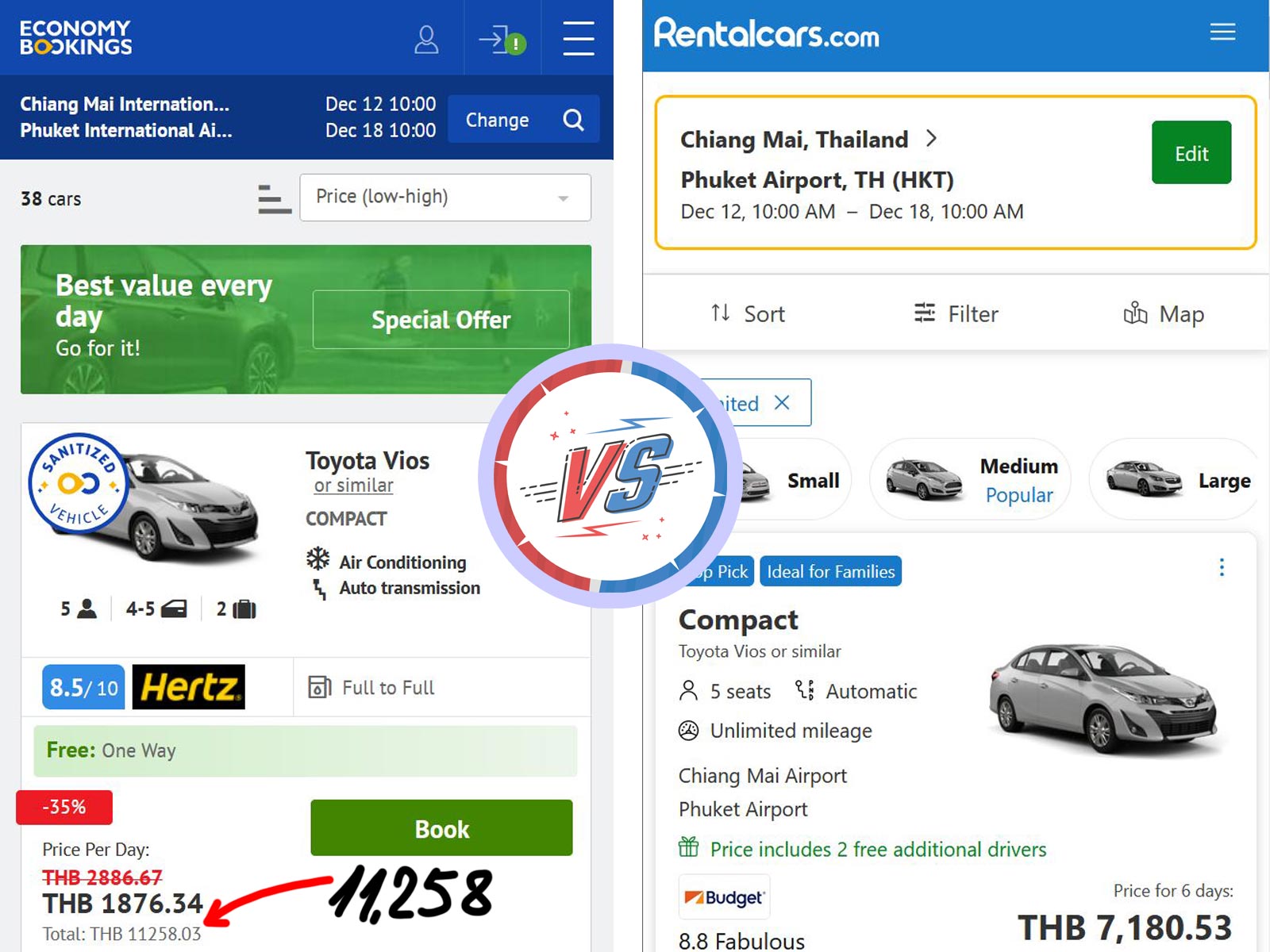
If you couldn’t find a rental car in these two major meta-search engines, you probably won’t find anything elsewhere. Unfortunately, this is sometimes the case during the high season when Chiang Mai is flooded with tourists. Anyway, if you’re going to travel the Mae Hong Son loop by car, these two websites are the first thing you should check if you intend to rent a car.
UPD: Truth be told, you shouldn’t wait too long to book, as available cars can be snapped up quickly. For instance, prior to writing a guidebook about the Mae Hong Son Loop, I rented a car for a six-day trip to Chiang Rai. I wanted to explore this city to enhance my travel guide, and from Chiang Rai, I had a business flight to Bangkok. The six-day car rental cost me 5,824THB.
However, about a week later, when I’d finished writing the Mae Hong Son Loop travel guide, I found no cars available for rent in Chiang Mai with the option to drop off in Chiang Rai.
Moreover, even if I’d planned to return the car in Chiang Mai, the prices had nearly doubled in just a week! A car that could have been rented for only 5,824THB just a week earlier now cost 11,963THB! This price surge was due to an influx of tourists in the city and a dwindling supply of rental cars.
Thus, time is of the essence! Make your next car rental process as smooth and cost-effective as possible by acting proactively. Platforms like EconomyBookings and RentalCars provide an array of choices at competitive rates. By booking your car in advance, you not only secure your ideal vehicle but also prevent unexpected costs. If you value the freedom and flexibility of car travel, this could be the perfect solution for your needs.
Konstantin,
Founder of Cat Motors
By Bus
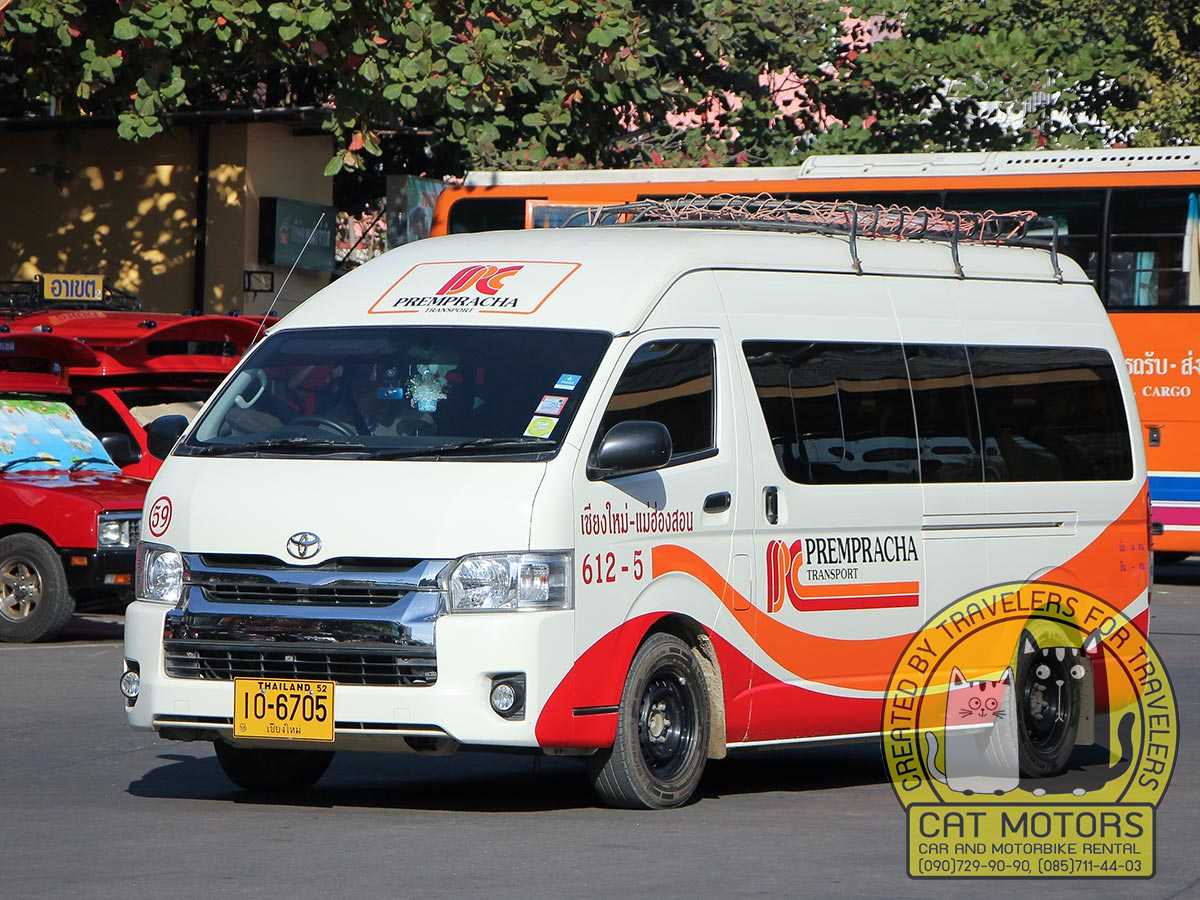
Since the Mae Hong Son Loop is a common tourist attraction, many public buses and tour companies are ready to take you to this route. However, bus tours and public buses do not offer the passengers much independence to explore and travel. Their plan is firm about the place of stops. Also, many passengers of the public buses will suffer motion sickness due to the numerous twists and turns of the road.
If you want to travel by bus, we suggest that you bring a few sanitary bags with you, just in case. Even if you are hardy as a rock and you never get motion sickness, then there is a high probability that one of the passengers sitting in the next seat will share with you the breakfast that he ate in the morning before the trip.
We strongly recommend using a minibus (Google Map) or taxi service if you have no driving experience in Thailand. Road 1095, part of this itinerary, is listed by the Ministry of Tourism and Sports of Thailand as one of the most dangerous roads for foreign tourists. In addition, locals are also considered this road unsafe due to the high highway accident rate.
By Motorbike
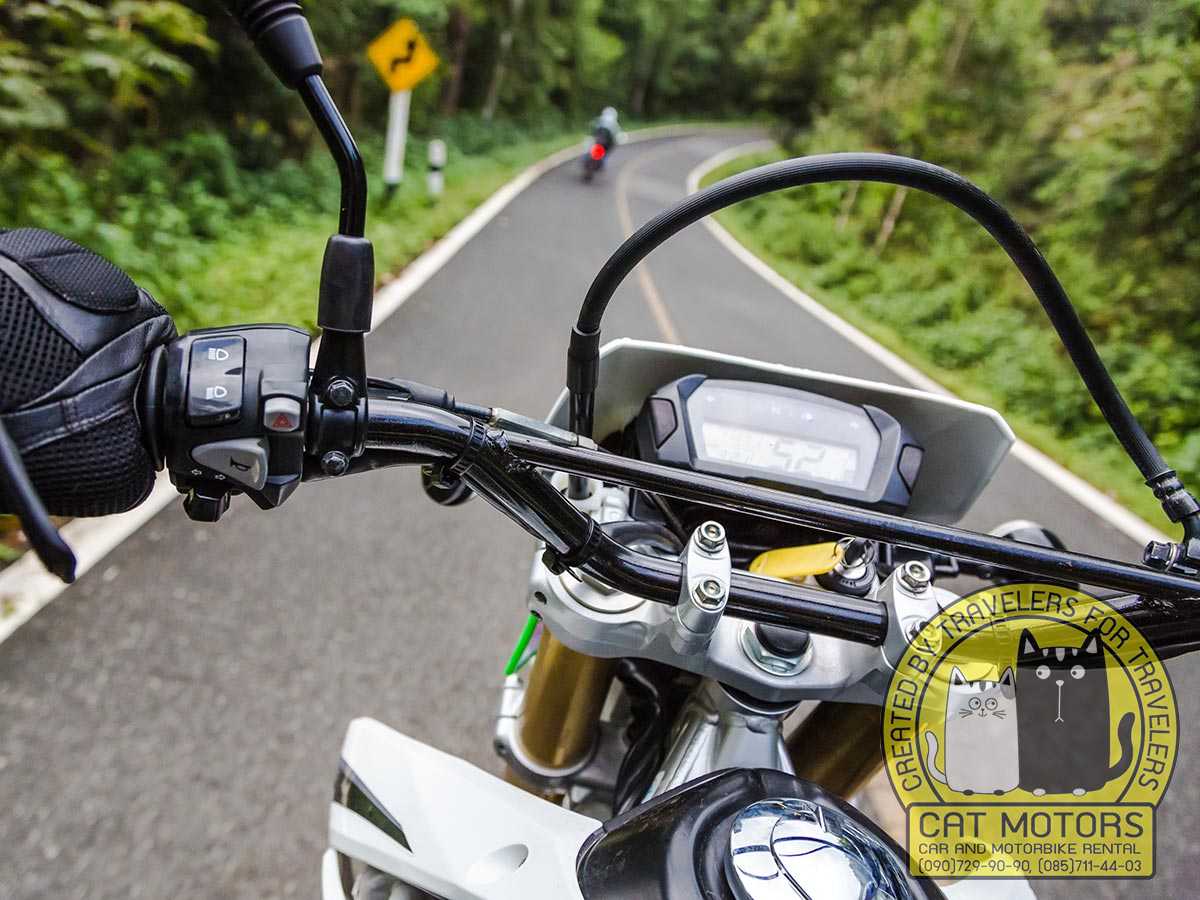
This mountain adventure travel is exhilarating. However, we encourage all motorcycle riders to wear a helmet, as these mountain roads can be as treacherous as they are dazzling.
Another widespread option that tourists in Thailand use are scooters. We love them! Scooter and motorcycle rentals are cheap, available everywhere, and the bikes are easy to drive on the roads of Thailand as well. Make sure you know how to go one and that you can keep yourself safe while doing so.
Carry the right documents: a passport copy and a valid driving licence. An International Driving Permit (IDP) is strongly recommended in Thailand. Checkpoints are common in the North, and the wrong licence can also create problems with insurance after an accident.
You can rent motorcycles or scooters from the following places:
1) Cat Motors – scooter and motorbike rentals in Chiang Mai, with options suited for longer mountain routes. Please review our rental terms and deposit details before you ride.
2) POP Rider – the largest fleet of motorcycles in Northern Thailand. You can find this big bike rental point near Tha Phae Gate, the main gate of the Old City.
For this loop, focus on bike condition and clear rental terms. Check tires and brakes, confirm the deposit, and make sure you have an emergency contact you can actually reach.
How safe is Mae Hong Son loop
In terms of crime, this route is no different from any other place in Thailand. Traveling along Mae Hong Son Loop, you will constantly meet friendly people who will try to help you even if there is a language barrier. However, this journey can be dangerous in terms of road safety, as Thailand is the absolute leader among other countries in the world in the number of deaths on the roads involving motorcyclists.
Ride only in daylight. Fog and rain can arrive fast on higher sections. Wear a proper helmet and keep extra distance on downhill corners. Many incidents happen because riders rush the schedule.
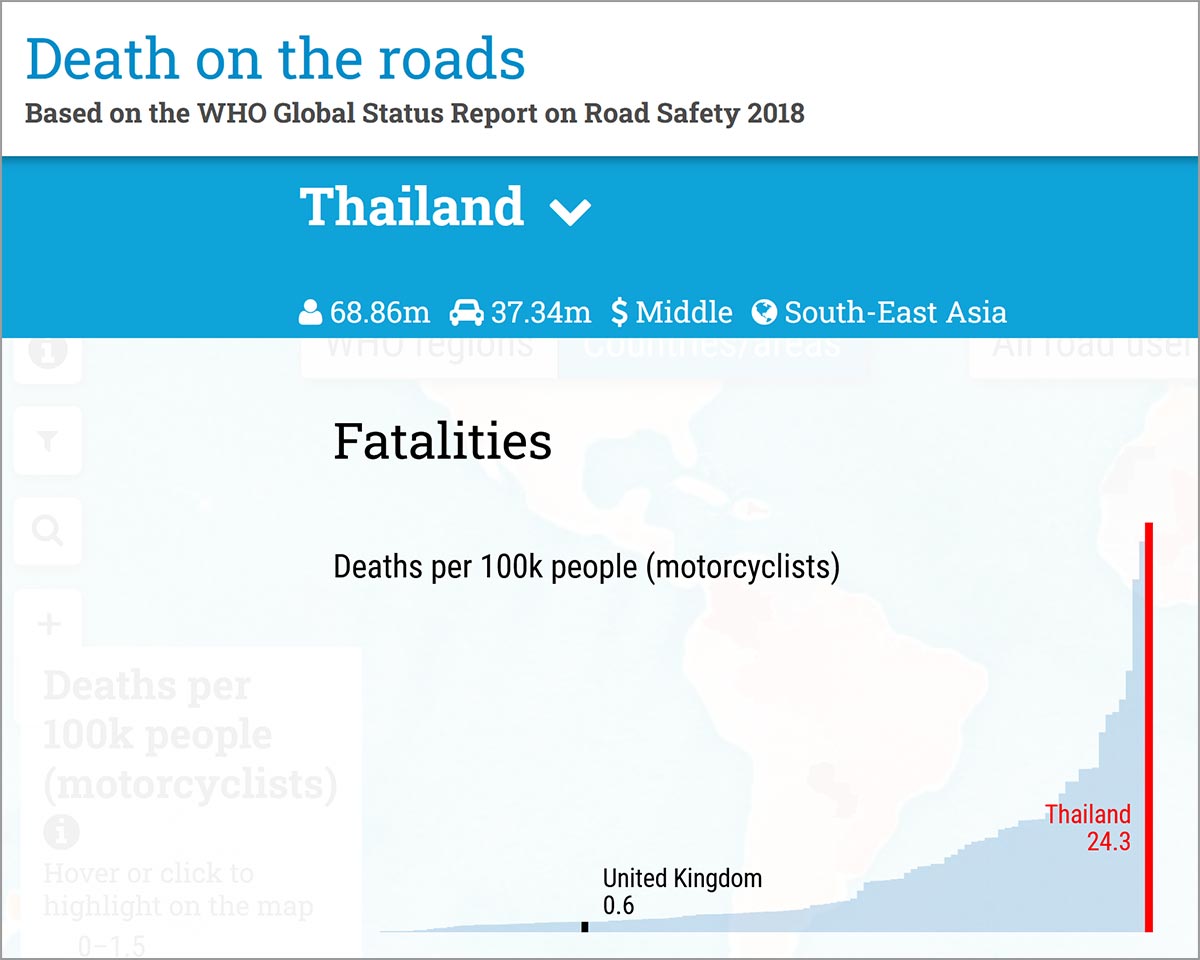
If you are traveling abroad, please do not forget to take out travel insurance, with coverage for accidents while driving a car or motorcycle. Save our emergency contact and your insurer hotline before you start. If anything happens, take photos of the scene, the bike, and any documents. This makes help and claims much smoother. Before you go, read our safety tips for riding in Northern Thailand.
Mae Hong Son Loop, Day 1
The road trip from Chiang Mai to Pai leads the traveler through the scenic hills of the two provinces of Northern Thailand, Chiang Mai and Mae Hong Son. The Chiang Mai to Pai route is approximately 147 kilometers.
Depart early in the morning, before 9:00 am, to arrive in Pai by 12:00 pm, before the worst of the heat of the day begins. If you leave Chiang Mai later in the day, it is strongly recommended that you wear sunscreen to avoid sunburn during your trip as the UV levels are extremely high during midday and afternoon. Fill up in Chiang Mai before you leave and keep an eye on fuel range. Some scooters will need more frequent stops on mountain stretches.
Heading to Pai
If you are only planning to visit Pai, then check out the Pai travel guide.
Chiang Mai Erotic Garden
Off the beaten path of the touristy parts of Chiang Mai is a little place called the Chiang Mai Erotic Garden (Google Map). Full of manicured pathways, it is a very well-maintained garden with artwork displayed throughout. The hostess, Mrs. Kratai, walks visitors through the garden and explains the artwork with respect to how and what each piece signifies.
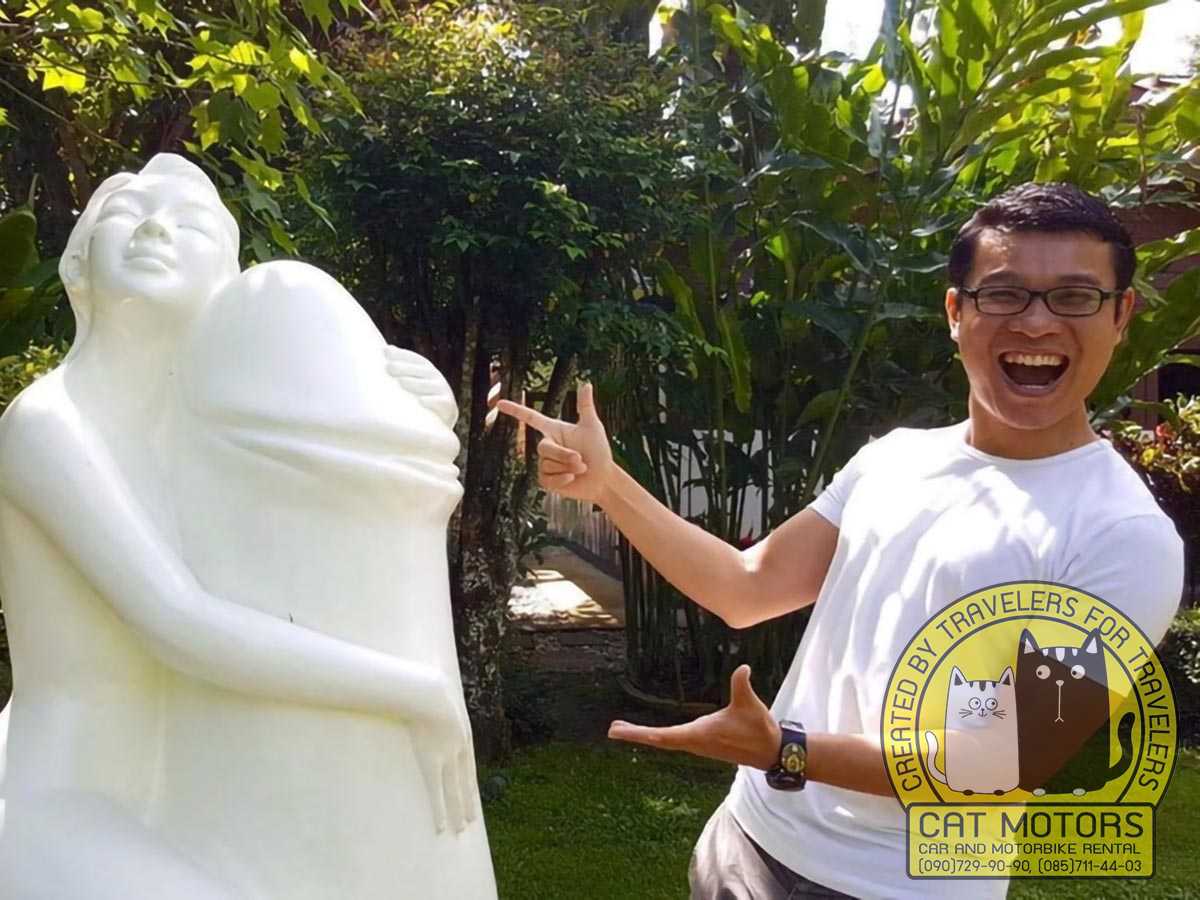
Typically, this stop takes about two hours. But for travelers with a specific interest for horticulture, the flora and fauna are a treat! The Chiang Mai Erotic Garden is home to a variety of rare flowers and plants, each labeled with their botanical and common Thai names.
The garden is off the usual tourist paths of Chiang Mai. But, for anyone in the area, it is a place that should not be missed.
Mok Fa Waterfall
If there is one thing Thailand’s mountainous regions are known for, it is its waterfalls. Mok Fa is one of many waterfalls in the Chiang Mai region, and on this tour. It is unique because of its segmented characteristic. Its height is about 60 meters, and it is surrounded by shrubbery and tall trees. The actual height of the waterfall is deceptive because of the trees, but it is breathtaking. There is water flowing throughout the year.
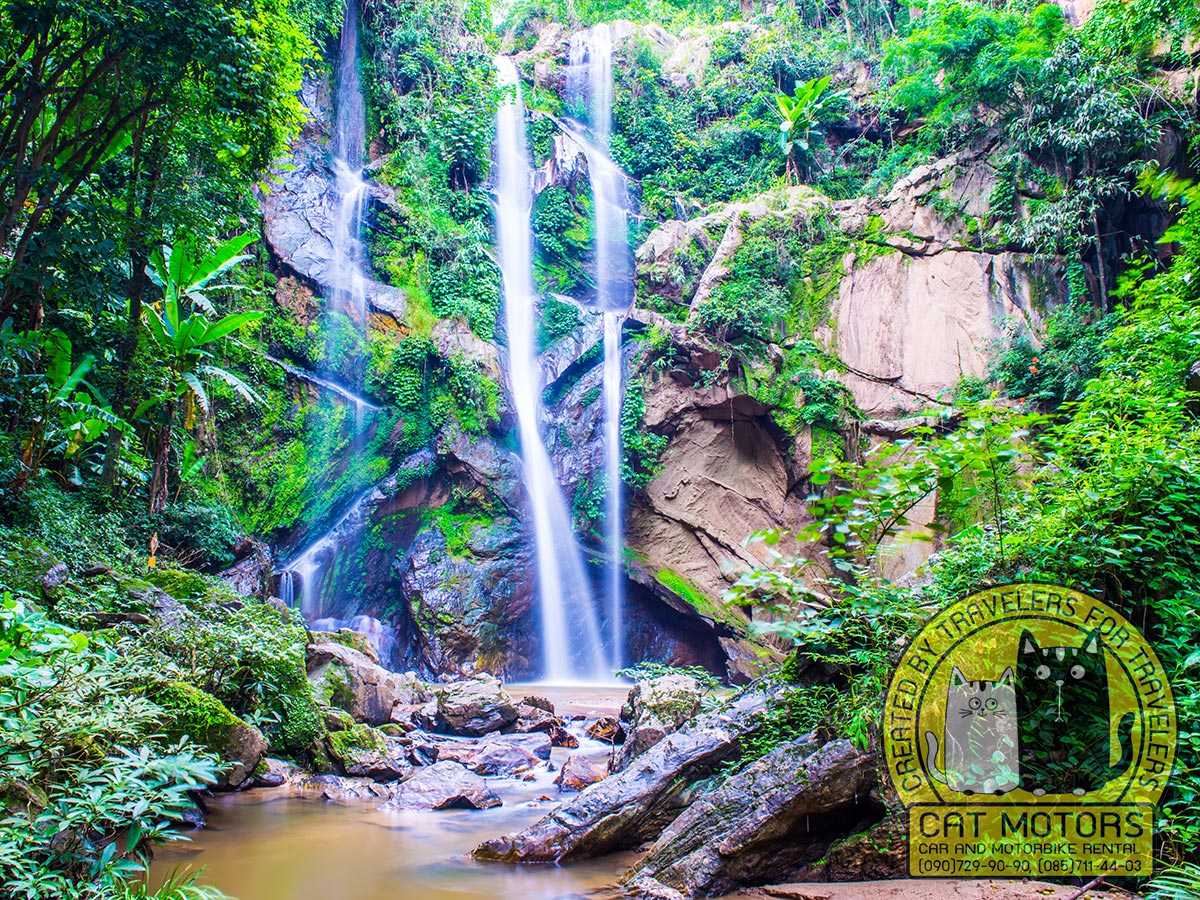
From the car park, a well-marked forest trail takes you to the foot of the waterfall. The usual time that tourists spend at this stop is around 30-45 minutes. During the summer, many people swim and cool off in the pools at the base of the falls.
Pai Memorial Bridge
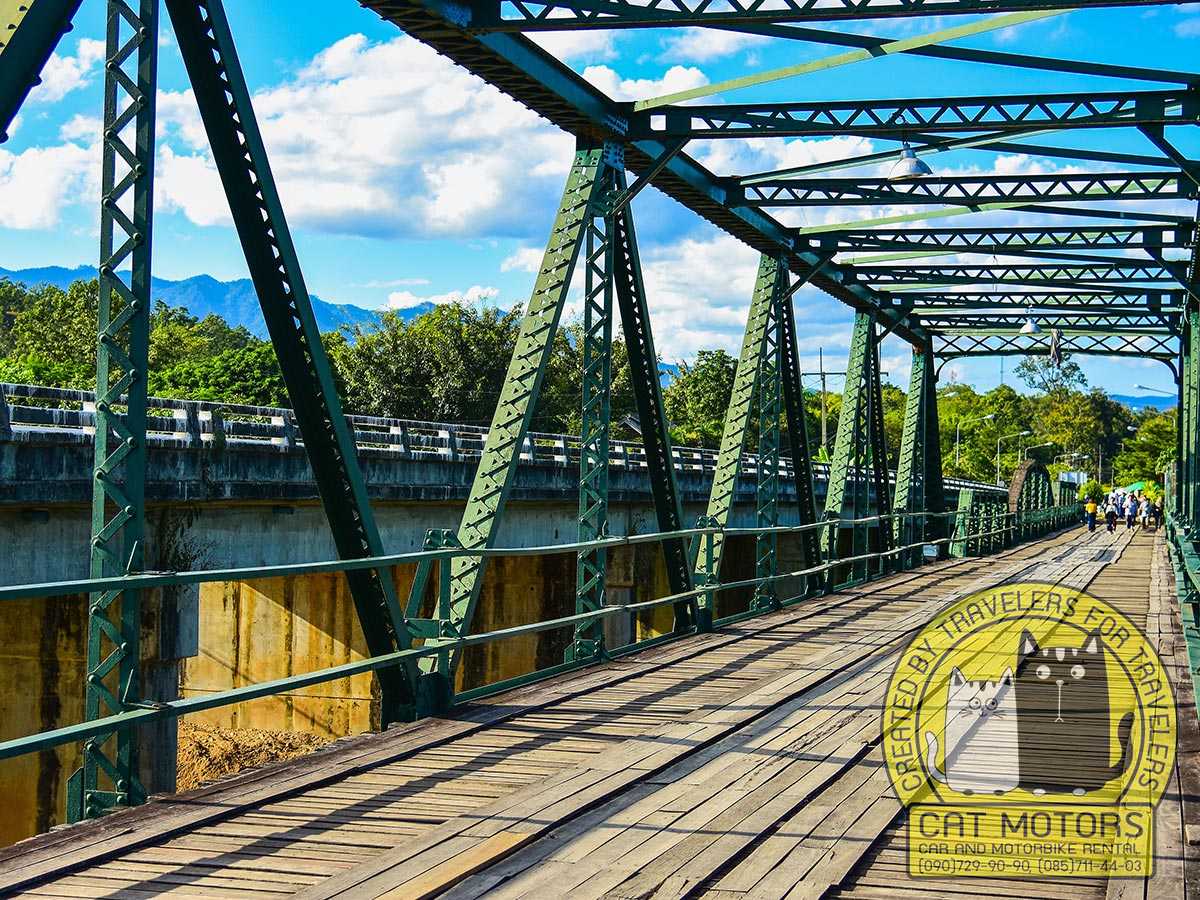
The Pai Memorial Bridge offers a foot path across the Pai river. The bridge was built during the Second World War as a route to attack Burma. It can be crossed prior to entering Pai It is made of solid steel and affords visitors picturesque and spectacular views. The spot is a popular place among tourists for photographs and selfies.
Pai Canyon
Pai is a three-hour drive from Chiang Mai. The road to Pai runs through a valley with hundreds of curves, and each curve has a scenic view. However, the most picturesque place is Pai Canyon, especially in the evening at sunset.
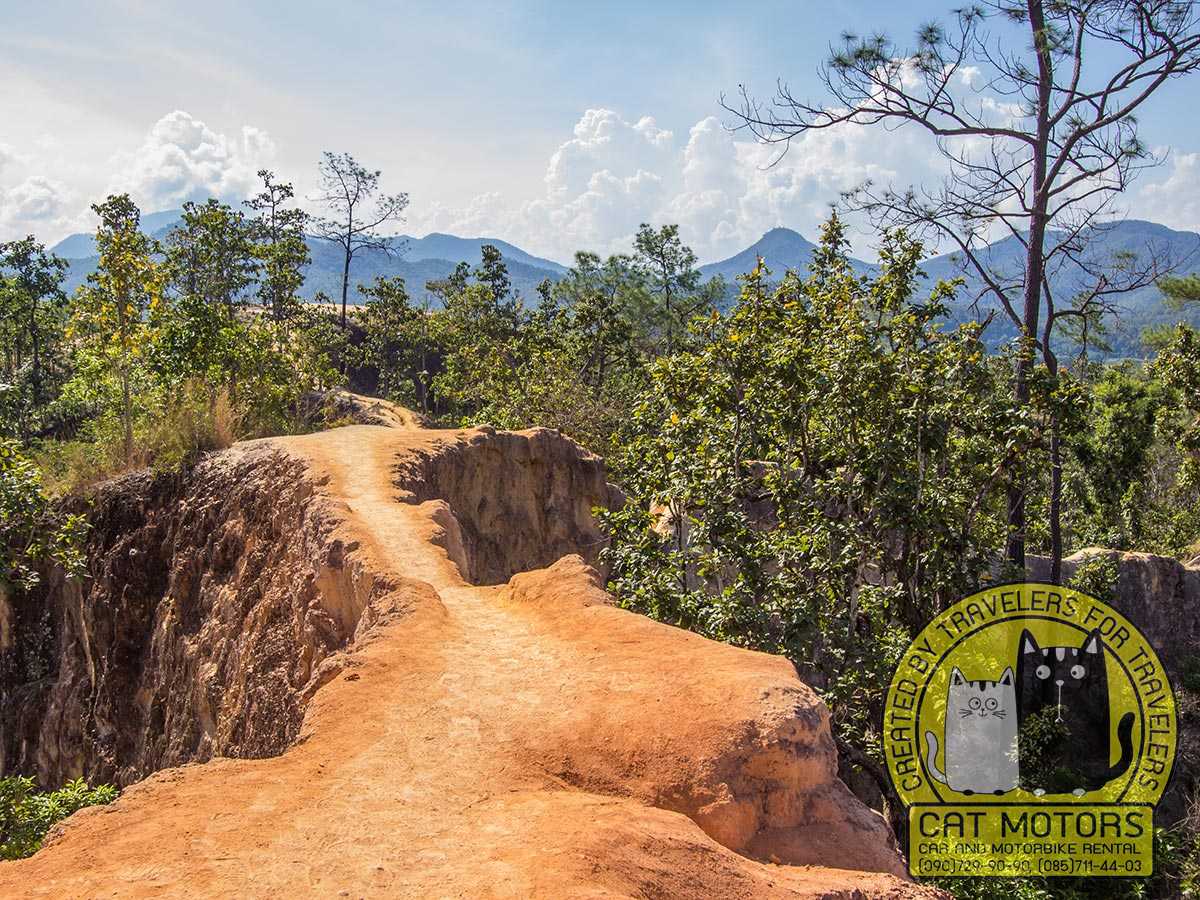
In Thai the place is called Kong Lan. The canyon has 30-meter dips and rises that look quite intimidating. The best way to get there is to drive up, drop your car in the parking lot, and climb the steep stairs. Like most things and places in the hills, Pai Canyons is best admired at sunrise or sunset.
Be careful in this place, because sometimes travelers fall down and get injured.
Coffee In Love
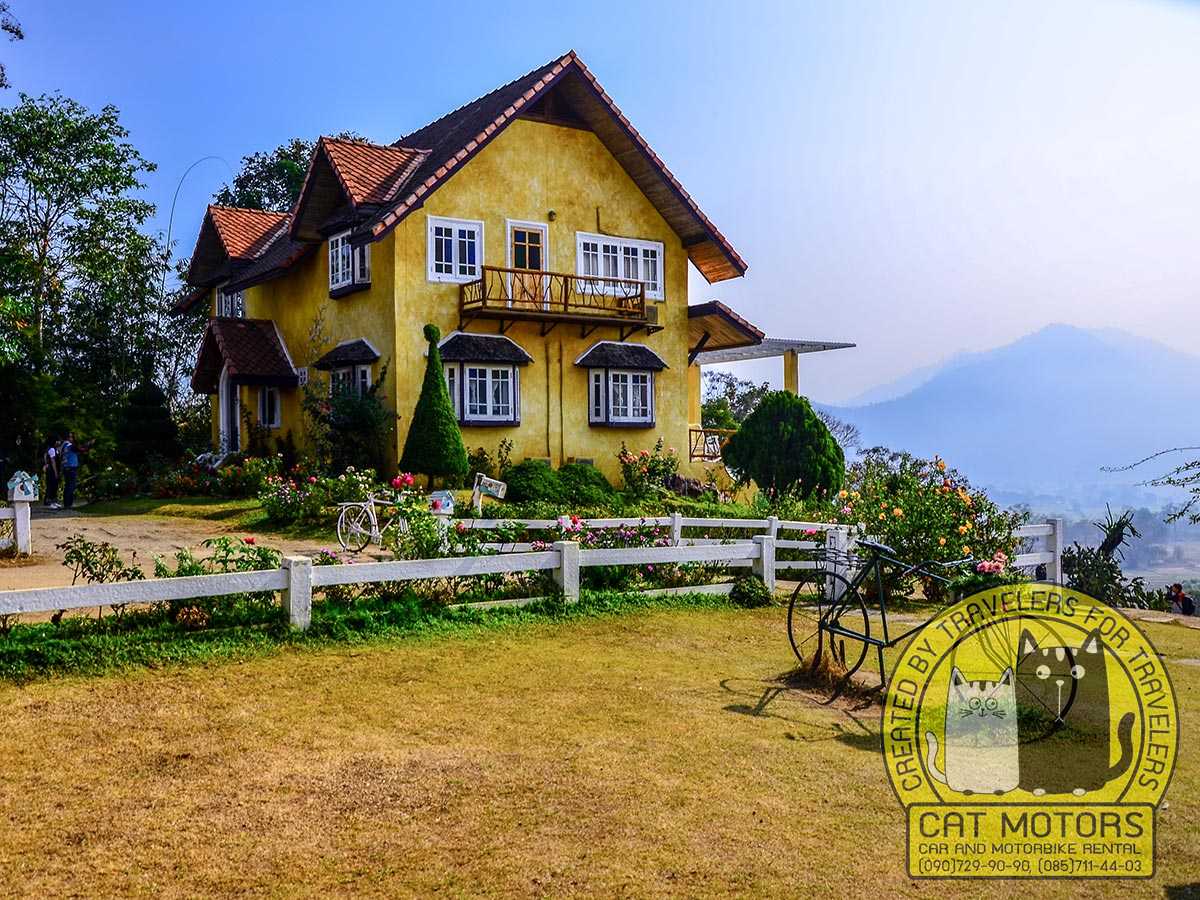
One hundred and forty-four kilometers from Chiang Mai is a coffee shop called Coffee In Love. The coffee shop is a small, roadside shop with beautiful views of the hills surrounding it. This is a coffee shop with the best view of the Pai Valley on the Mae Hong Son loop. The coffee shop is famous because it is the set of two major films in Thailand and China. Apart from this, the coffee shop is merely one of those stops-on-the-way places.
Pai: Things To Do
Kho Kuu So Bamboo Bridge
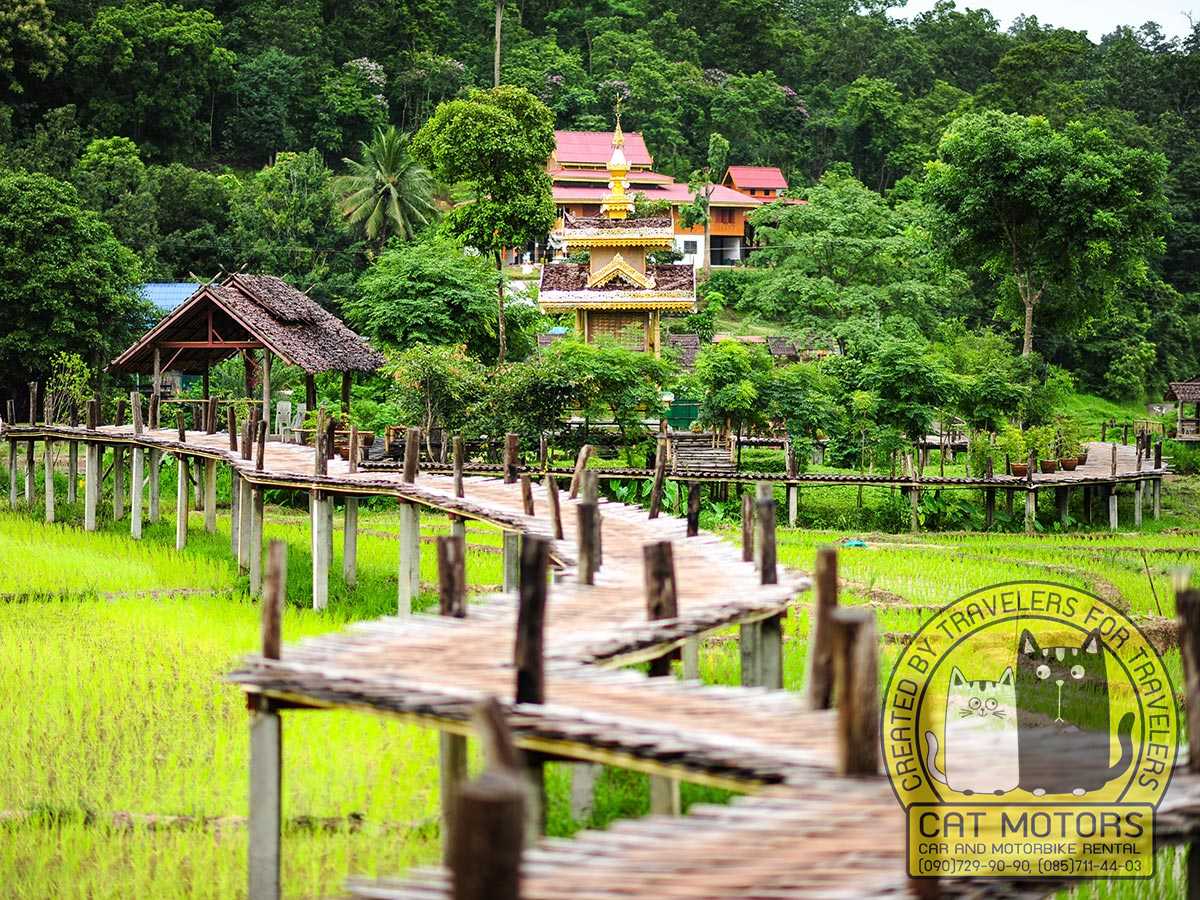
Pai is also home to the longest bamboo bridge (Google Map) in Thailand. It crosses over rice paddies, and right before harvest is the best time to visit. The rice fields and bamboo bridge are set with mountains in the background. The views are exhilarating and make the one km walk totally worth it.
If for some reason beyond your control you were unable to visit this bamboo bridge, be sure to visit the Su Tong Pae bamboo bridge, which is located before reaching the city of Mae Hong Son.
Wat Nam Hu
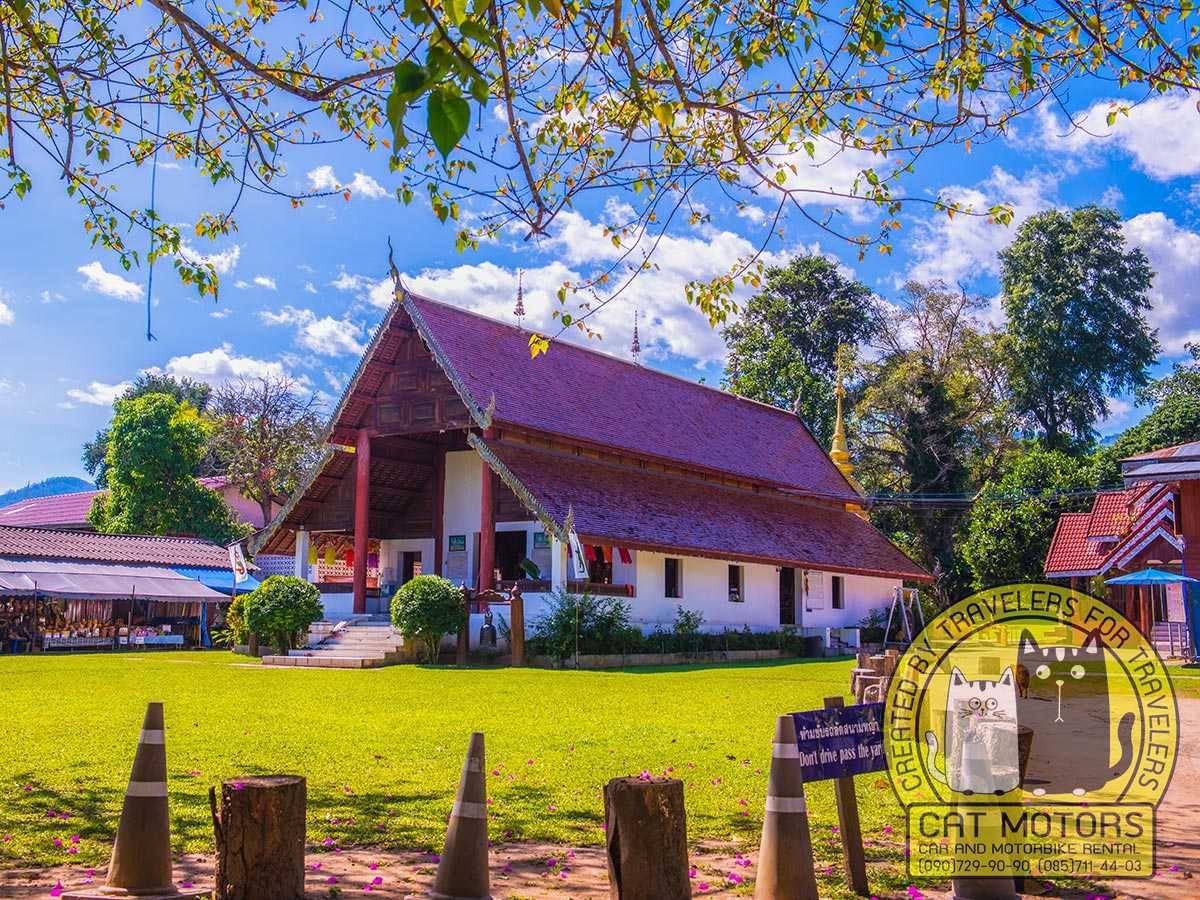
The Wat Nam Hu Temple is two km from the town of Pai. Of all the Buddhist temples in the country, Wat Nam Hoo is one of the less spectacular ones in terms of architecture and views. Nevertheless, this temple is famous and is a place of pilgrimage for Buddhists because of the story of the Buddha. The temple houses a bronze Buddha statue that once had holy water flowing through its head.
Santichon Village
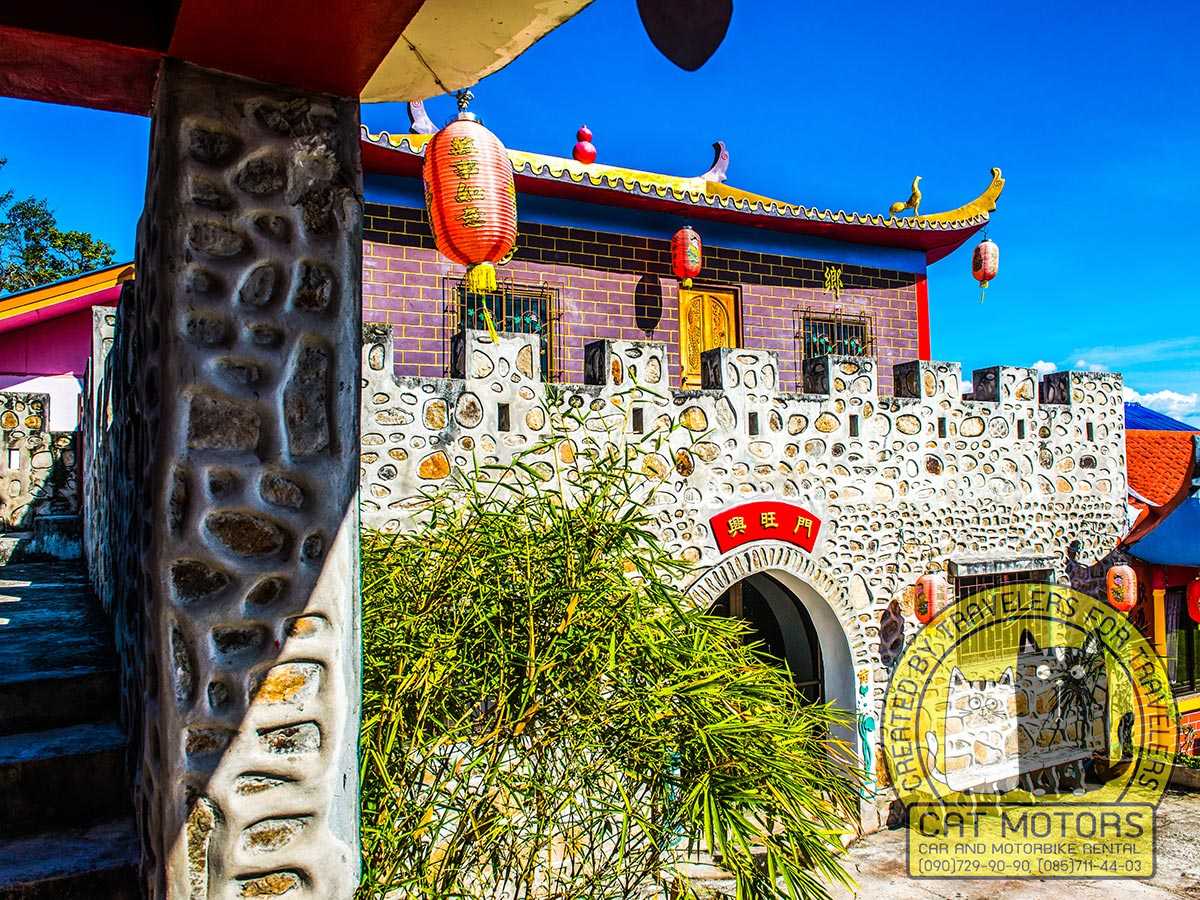
The Chinese village of Santichon was founded by Yunnan residents when they fled mainland China during Mao Zedong’s revolution. Over the years, it has become a place where tourists flock. This village is known for its authentic Chinese food, small tea stores, and mule rides. We highly recommend eating at a restaurant near the entrance of the village. Here you will find delicious and hearty Thai food and probably the best Chinese food along the Mae Hong Son Loop.
Yun Lai Viewpoint
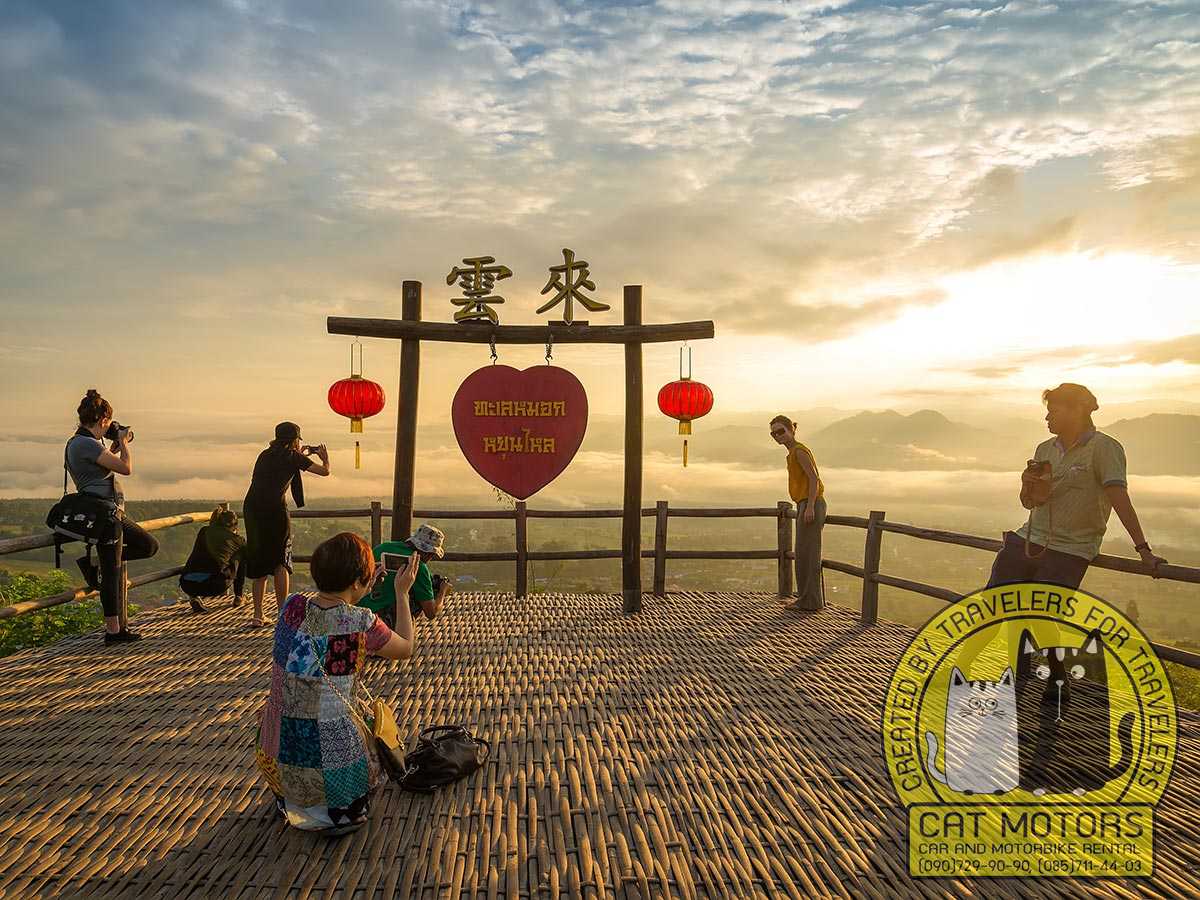
The Yun Lai Viewpoint offers a 360-degree, panoramic view of the Pai valley. The viewpoint is also very crowded during the peak season. There is a small teahouse that is very popular among tourists. The Yun Lai Viewpoint is one of those stop-on-the-way kinds of places.
When you visit this place early in the morning to enjoy the magnificent sunrise, you will find amazingly delicious Chinese fried buns with sweet condensed milk and hot tea or coffee. You will also find here packaged oolong leaf and a variety of souvenirs that you can buy as a memento of this place.
Trust us, it’s great to welcome the dawn with hot tea and Chinese buns. If you want to eat more than tea and fried buns, at the exit of the village you will find a famous cafe with Chinese-Thai dishes with unique local flavor.
During the rainy season, this place is always empty, but nevertheless, it still offers stunning views, especially against the backdrop of dark storm clouds.
This place is only accessible to riders on semi-automatic motorcycles and motorcycles with manual transmission, or scooters with engines over 150cc. If you have another bike, which is not powerful enough to get here, you can hire a car (20 baht per person, fully loaded) that take tourists here from the foot of the hill.
Pai Hot Springs & Spa Resort
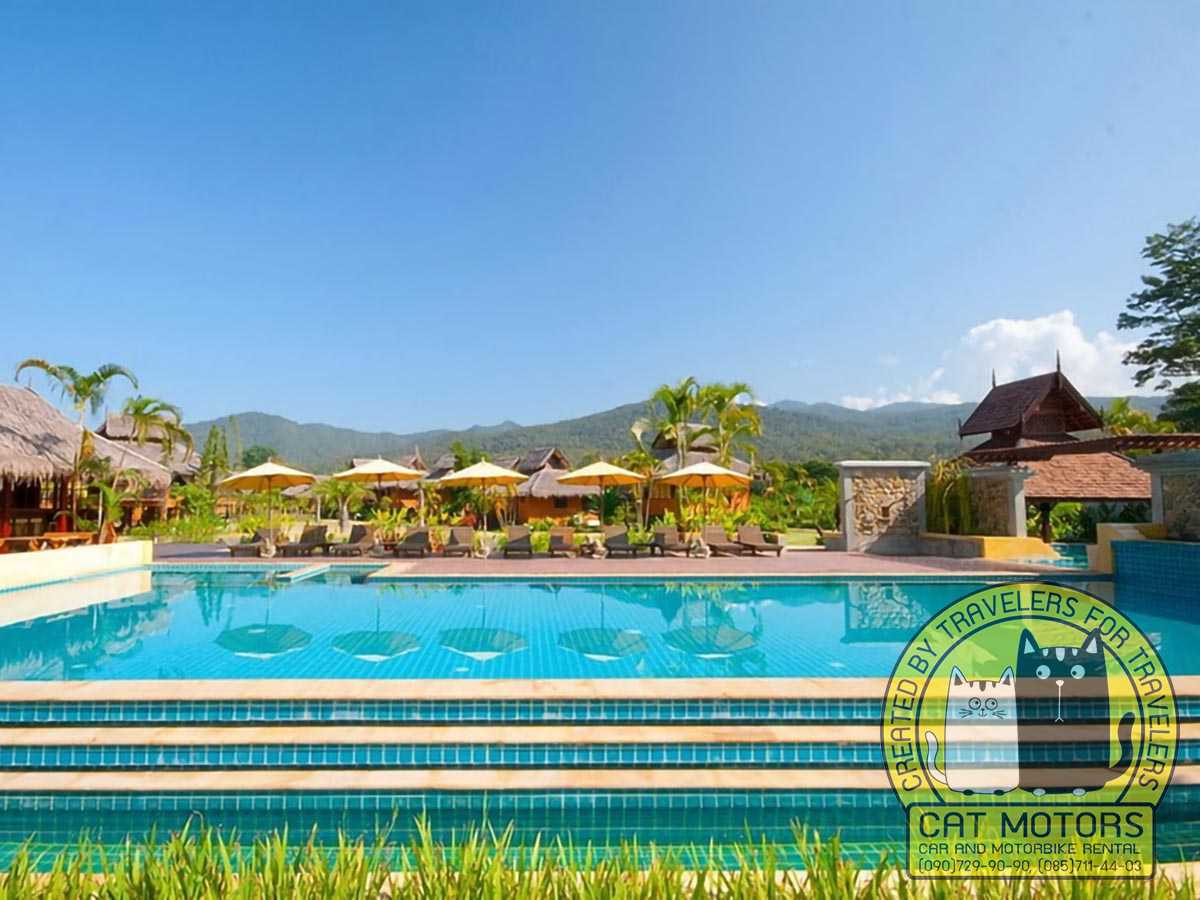
The Pai Hot Springs Spa is a resort that is built around natural springs. The resort is ideal for staying for a couple of days to kick back and relax. This is a very popular place for swimming and mineral bath facilities. If you are traveling in peak season, it may be wise to book in advance as it tends to book quickly. The entrance fee is 100 THB for once visit but is less the more visits you make. It is about 500 THB for 10 times.
Big White Buddha
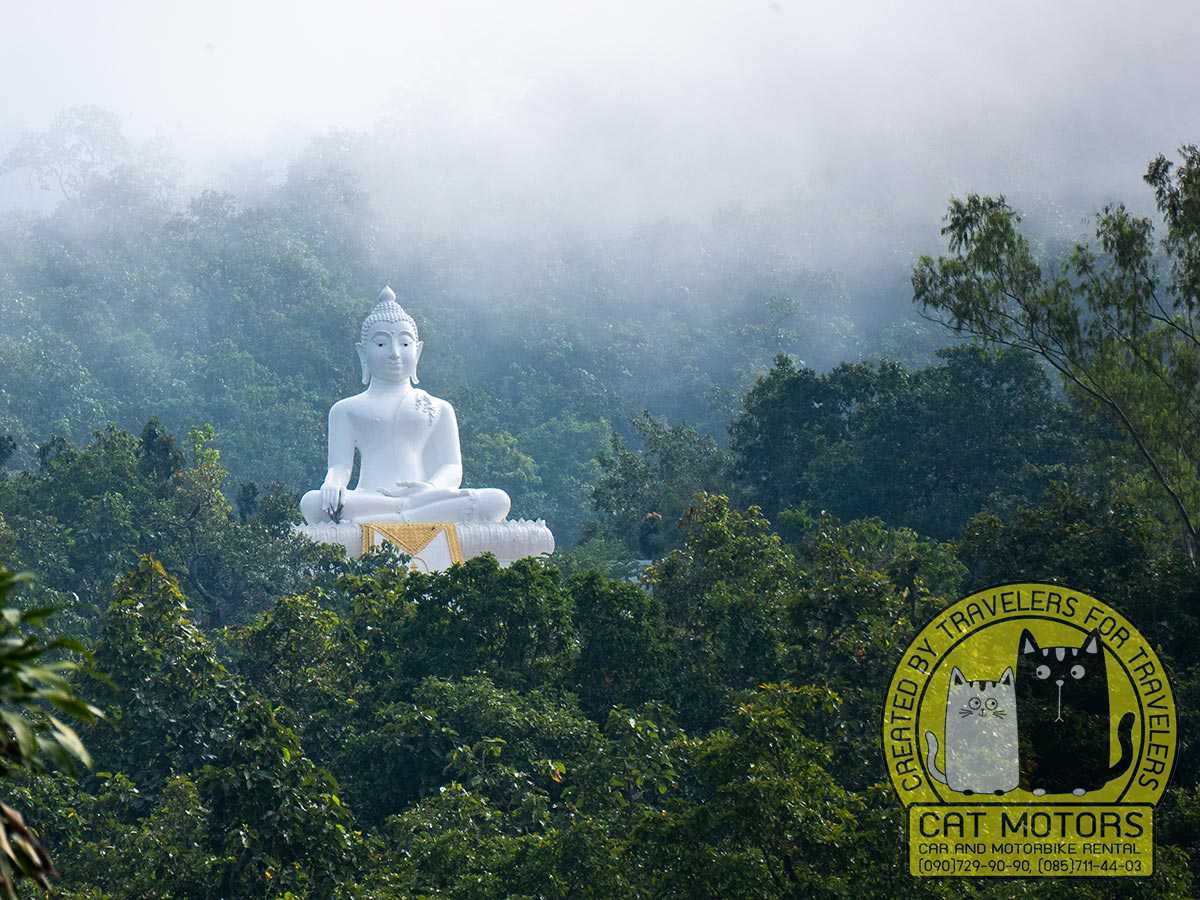
One of the most imposing views from the Pai town is the Big White Buddha statue on a hill. It is a few minute’s walks up and the area surrounding the statue is tiled for people to sit and enjoy the view. One of the most touristy things to do at the Big White Buddha after climbing up is to sit and watch the sunset. The hill’s summit can also be reached by motorized transport, but by walk is the ideal way to get there.
Walking Street
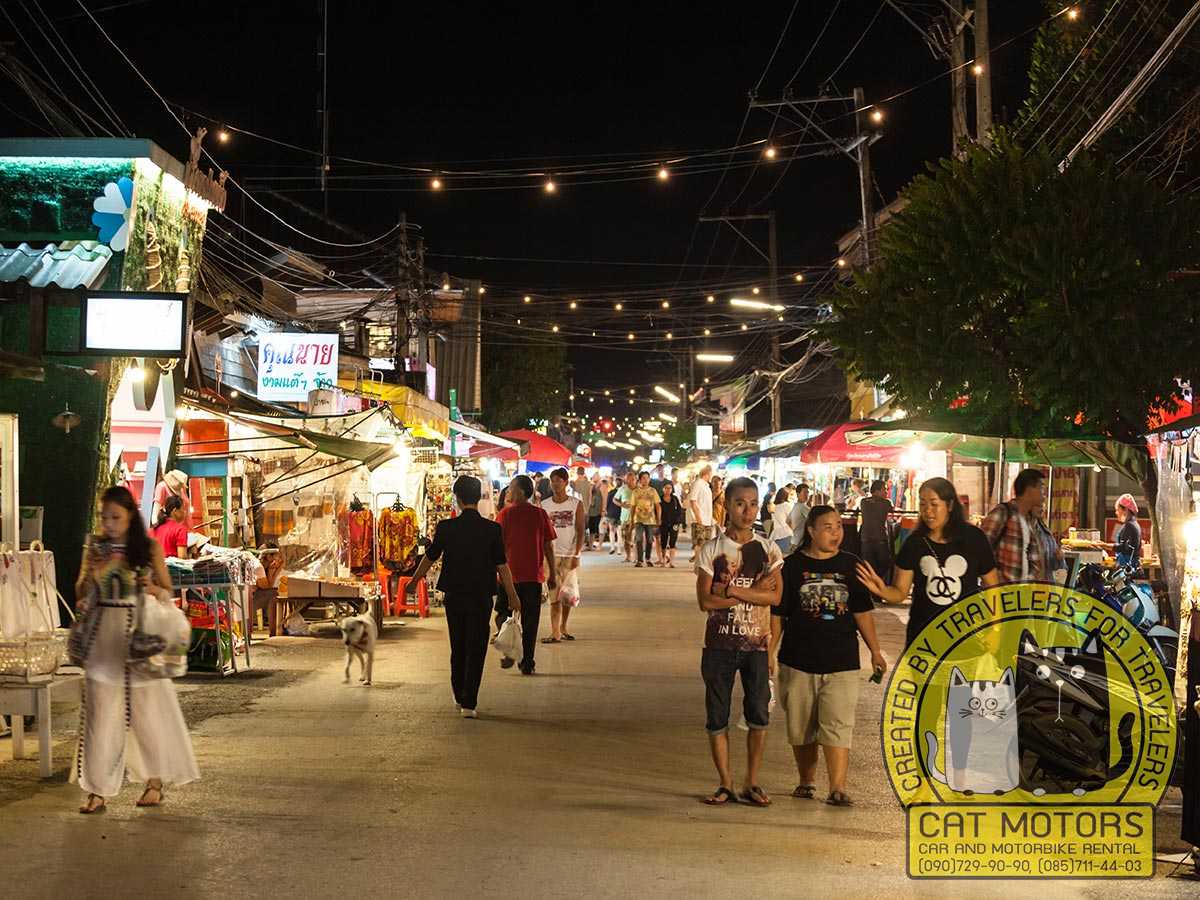
Thailand is known as a shoppers’ paradise and for all the right reasons. Pai Walking Street is a night market that tourists flock to from all over the world. The Walking Street is set up with roadside stalls and food trucks that are aptly designed. The shops there sell souvenirs, unique handicrafts, lacquerware, and hand-made clothes.
The Pai Walking Street begins at 17:00 every evening.
Pai To Mae Hong Son, Day 2
The distance between Pai and Mae Hong Son is approximately 107 kilometers. You can travel by motorcycle, car or minibus. The road is winding and scenic, with breathtaking views at every turn.
When you reach Mae Hong Son town, don’t forget to get a commemorative certificate from the local Chamber of Commerce that you have taken the 1,864 turns on this legendary route. Where and how to do this is written in this chapter.
If you want to visit the village of Ban Rak Thai, add about 77 kilometers to your route.
Direct route – 107 km
Scenic route – 202 km
Heading to Mae Hong Son
Doi Kiew Lom View Point
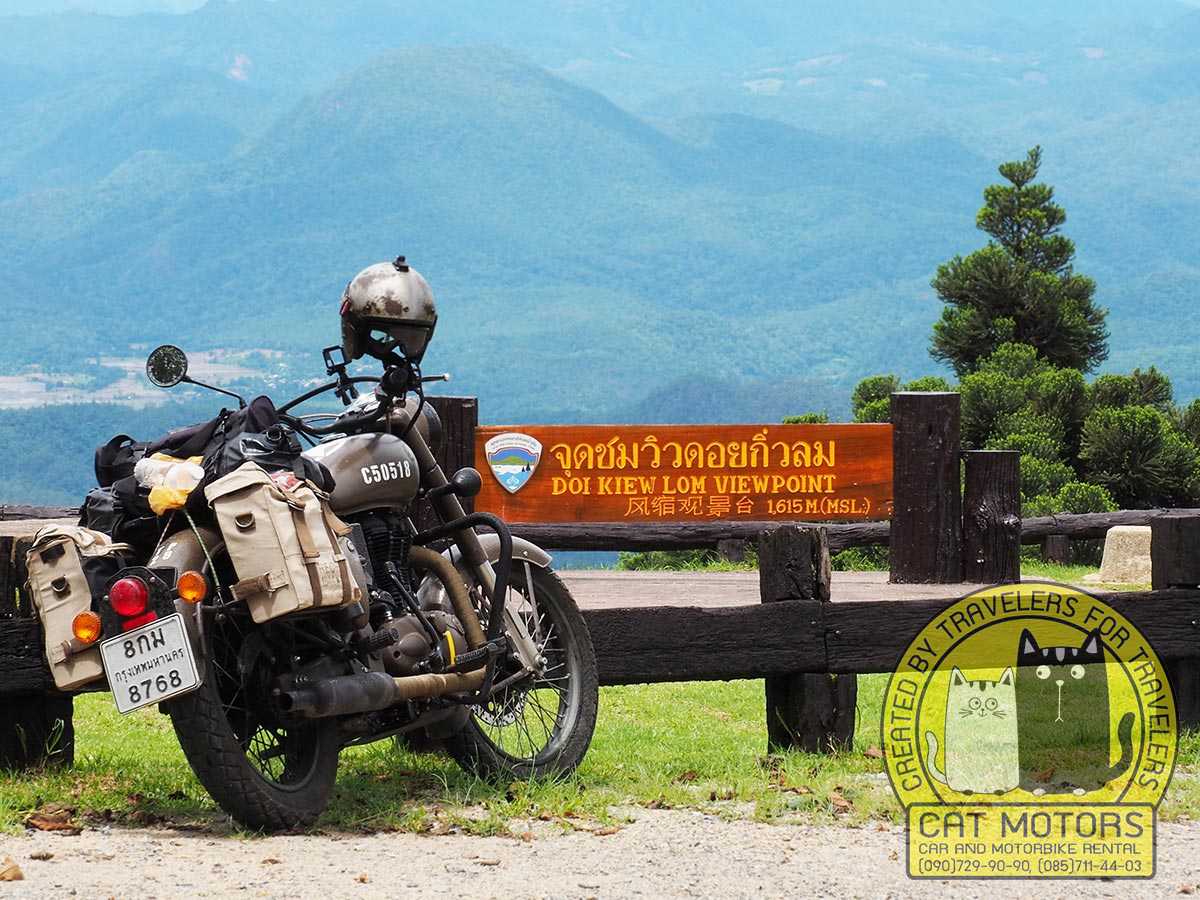
The Doi Kiew Lom Viewpoint is a typical viewpoint on the way to Mae Hong Son and is a stop-on-the-way kind of place. The viewpoint has a few coffee and tea stalls and is the good breakpoint on the road from Pai to MHS. The viewpoint offers the vast, mountainous greenery that Thailand has to offer and is breathtaking.
Tham Lod Cave
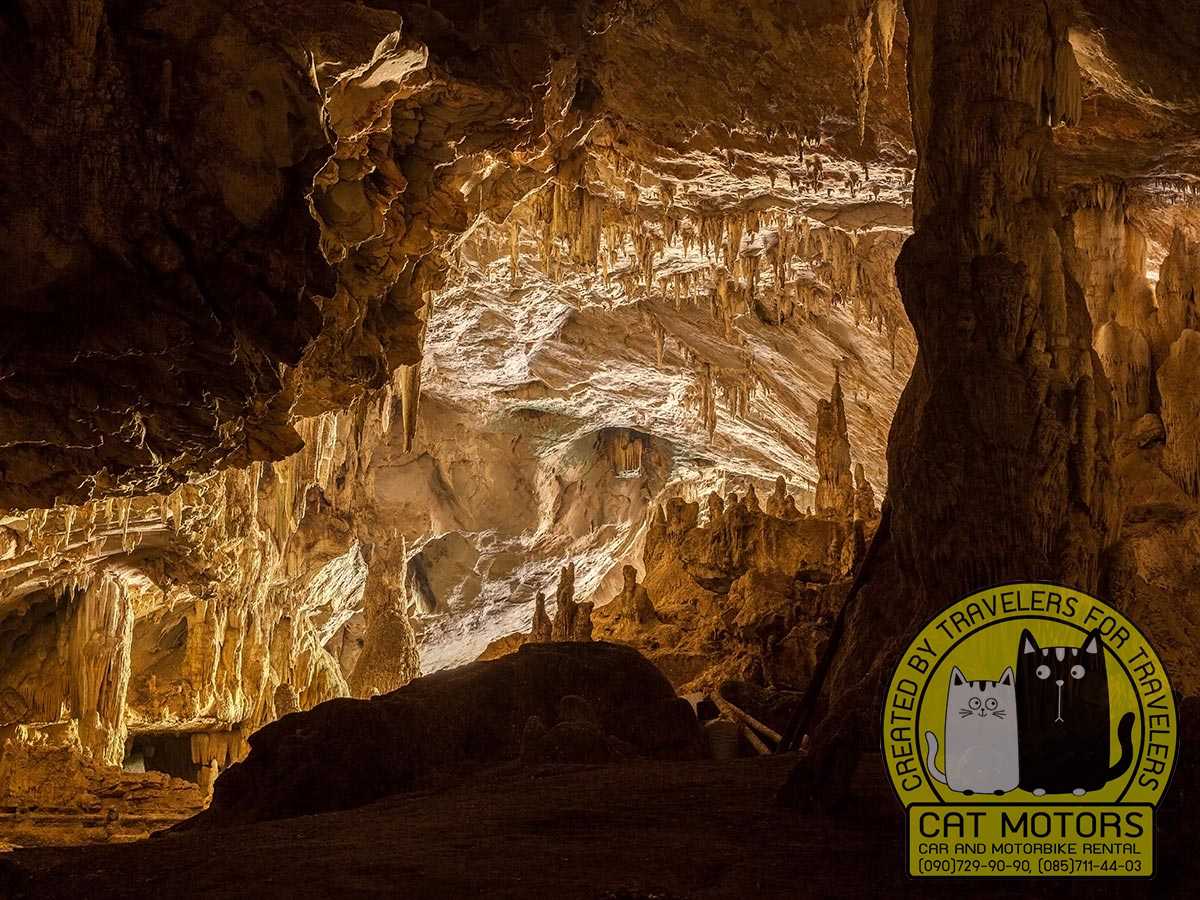
Tham Lod Cave is one of Thailand’s most impressive caves. It is wildly popular among tourists because of its limestone stalactite formations, which are impressive. The Tham Lod Cave is also one of the more easily accessible caves in the region. The main cave has a smaller cave, or a coffin cave, within it which is reachable by bamboo raft. While visiting the cave it is advisable to take plenty of time and to stay with your tour guide because it is not very hard to get lost in these places.
According to some travelers, this place is one of the top 10 caves in the world that are recommended to visit.
Baan Ja Bo
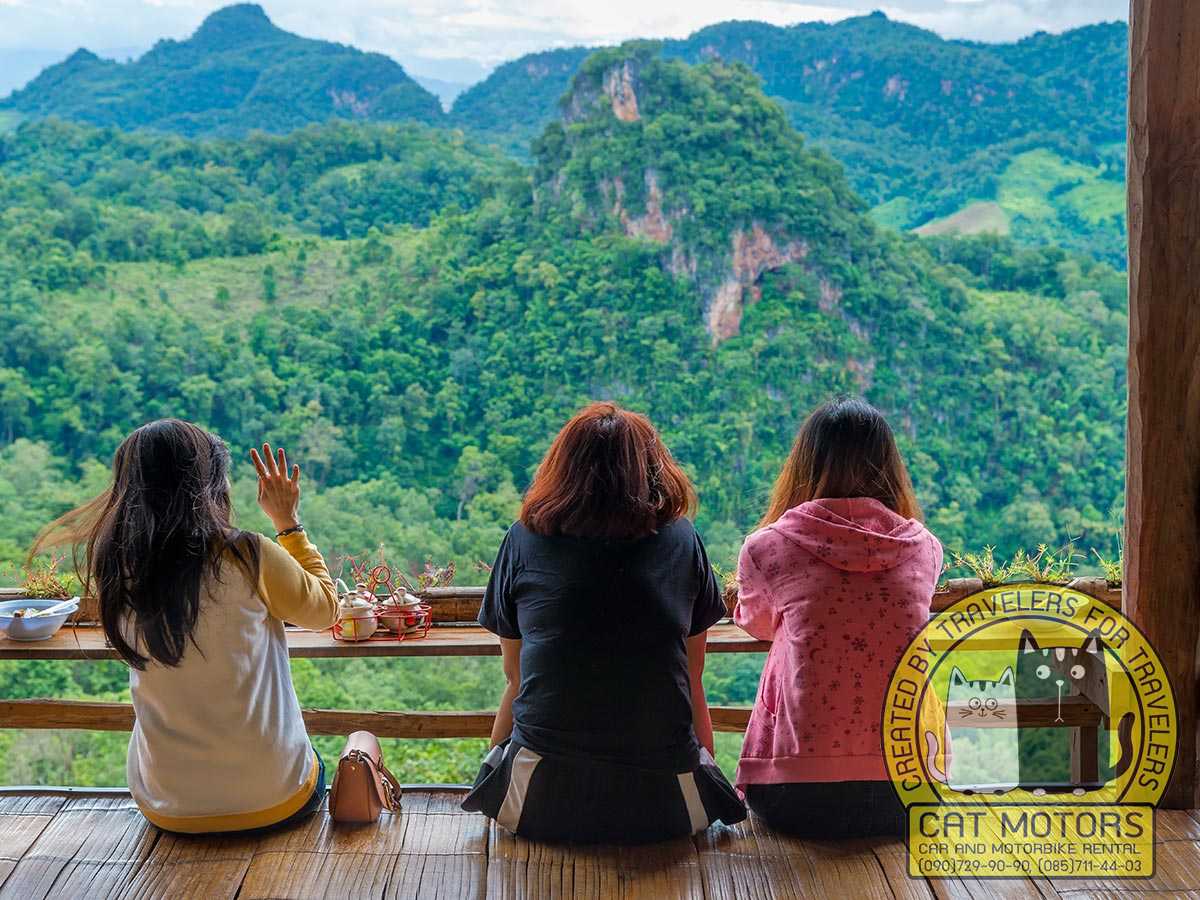
Ban Jabo is a village of the Black Lahu hill tribe. Here you will find not only local hill tribes preserving their authentic way of life, but also a village cafe where you can order coffee and noodles for only one dollar, and sitting on a bench and dangling your feet in the sky enjoy a delightful five-star view of the nature of Northern Thailand. If you stay overnight here (it usually costs about 100 baht per person), you can enjoy one of the best sunrises in Thailand in the morning sitting in this cafe and sipping hot coffee.
Tham Mae Lana Cave
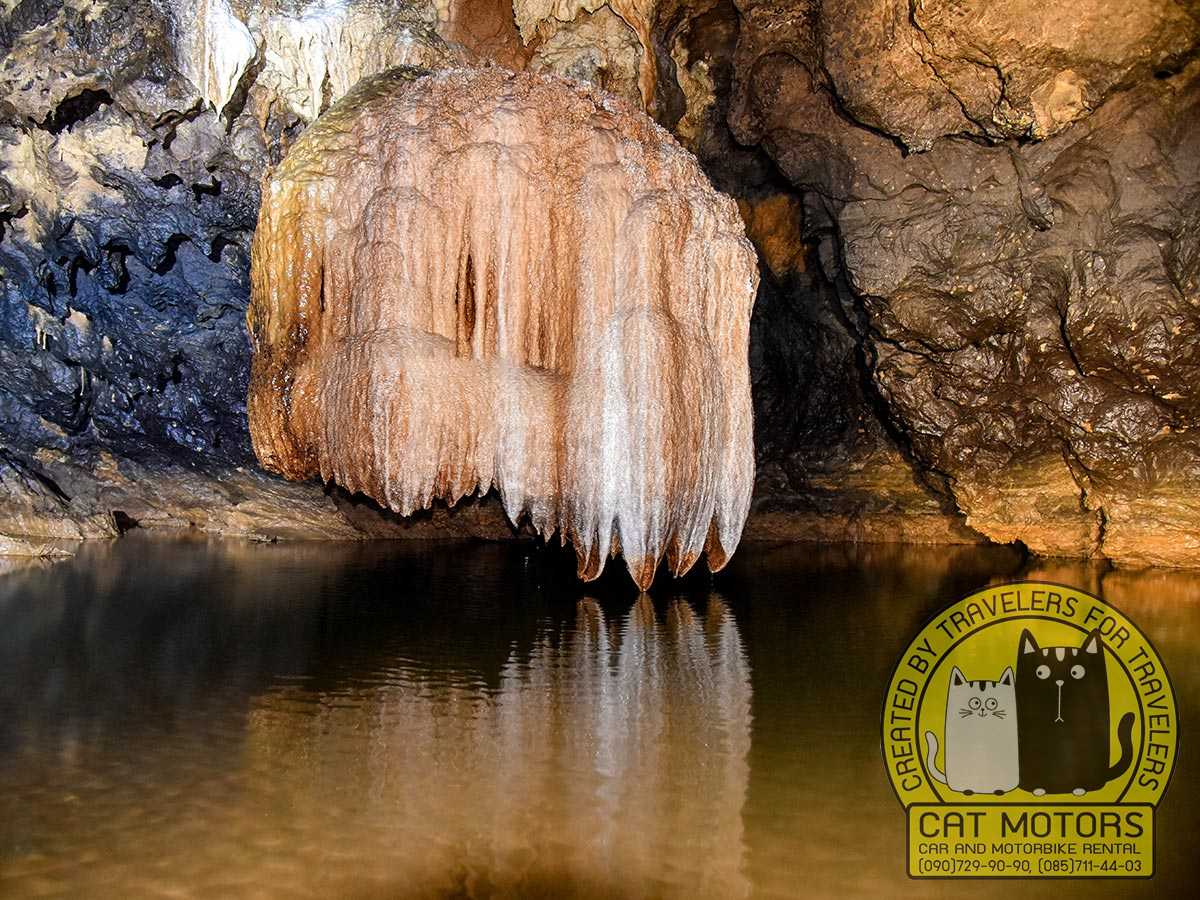
Tham Mae La Na Cave is a spring cave with an underground river. It is unequipped and is one of the longest caves in Thailand. It is more than 12 kilometers long. Mae Lana Cave is located 4 km from the village of the same name, where visitors can hire a guide. It is not possible to get here without a guide, as it is very dangerous and can cost you your life.
The road to the cave is narrow and quite steep, covered with concrete. The visit takes about 4-8 hours, depending on the route you choose. The entrance to the cave measures 5×5 meters and is littered with debris. From the entrance to the Green Lake, the length of the path is 4 km. The width of the passage is 3-4 m on average and the ceiling is high.
The cave was first explored in 1986 by Australians who reached Green Lake. The southern tributaries and upper entrances were explored by the next Australian expedition in 1988. The northern tributary with the waterfall was explored in 1992. Researchers believe that this cave has great potential for further exploration.
Coral Cave – 200THB
Diamond Cave – 200THB
4hr tour with a visit to a waterfall – 500THB
12km tour (8 hours) – 1500THB
Pang Ma Pha View Point
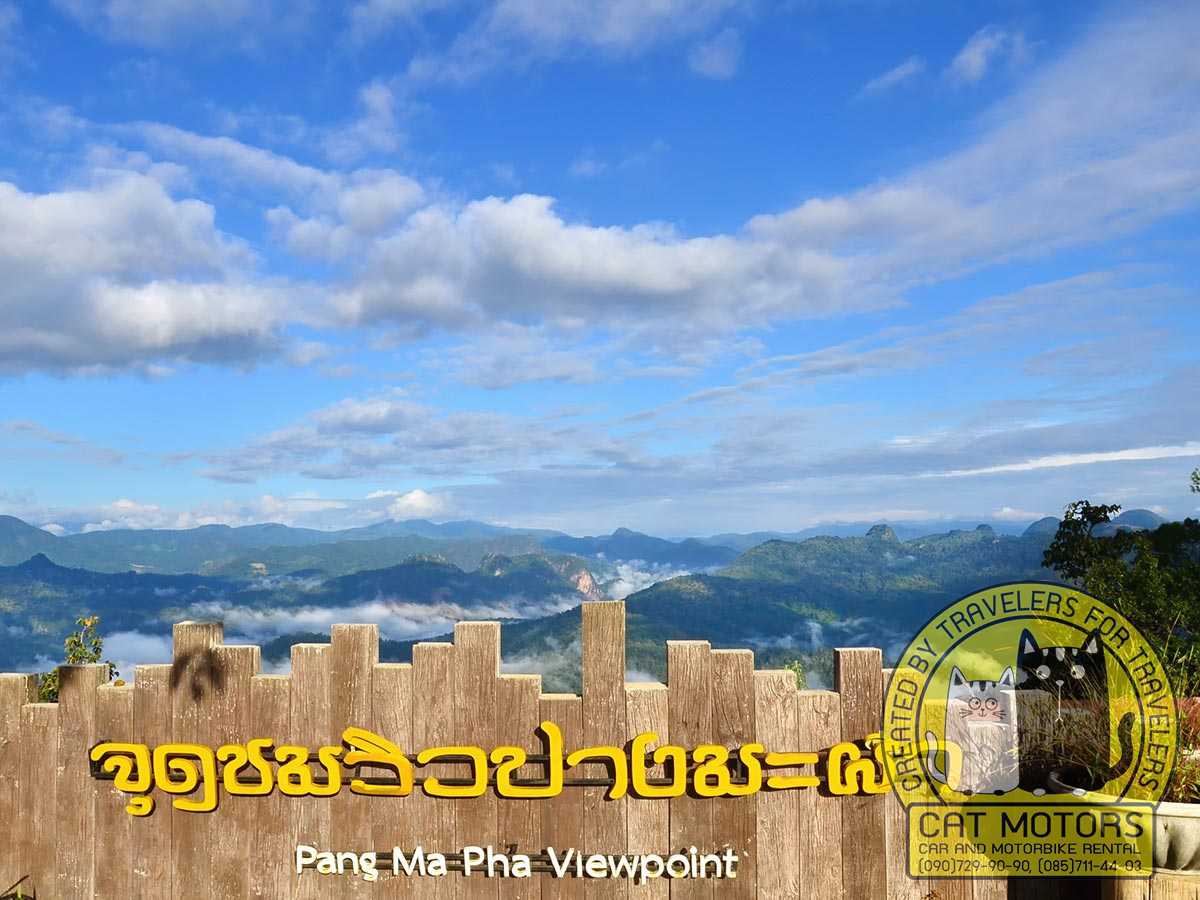
Gem of the Mae Hong Son Loop. This is another stop-on-the-way kind of viewpoints because it has a couple of good coffee and tea stalls. The viewpoint is almost halfway between Pai and Mae Hong Son city.
If you want to explore the surrounding area, you can also visit the Mae La Na Cave on the way to this viewpoint.
Tham Pla Fish Cave
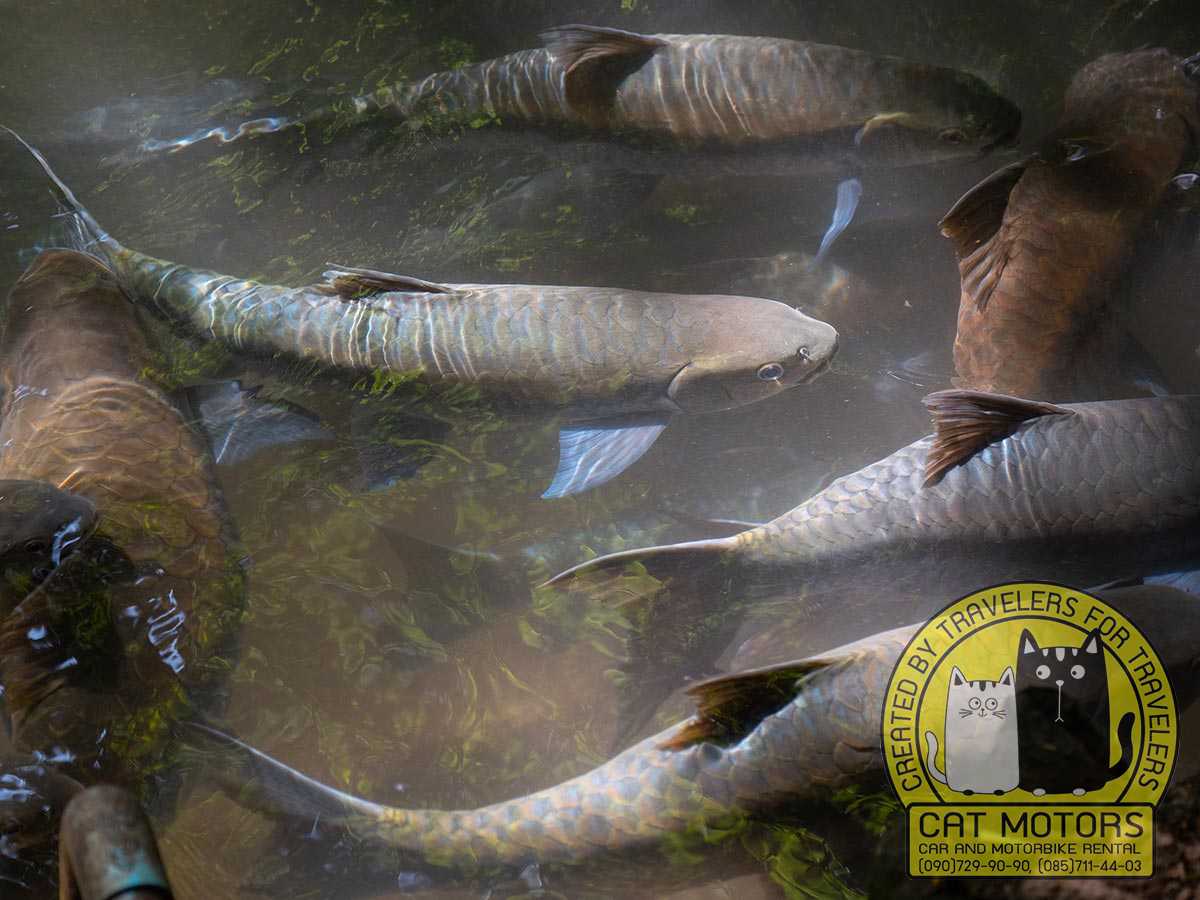
Tham Pla or the Fish Cave is a very popular tourist location in the region. It is about 17km from the town. The Fish Cave is a part of the Tham Pla – Namtok Pha Suea National Park. Tourists find this place very calming because of its small bridges above flowing streams filled with fish. The Fish Cave is home to many rare fish species and because it is confined in a small space, you just may be lucky enough to see some of them.
Outskirts of Mae Hong Son: Things To Do (+4 hours on the way)
Pha Suea Waterfall
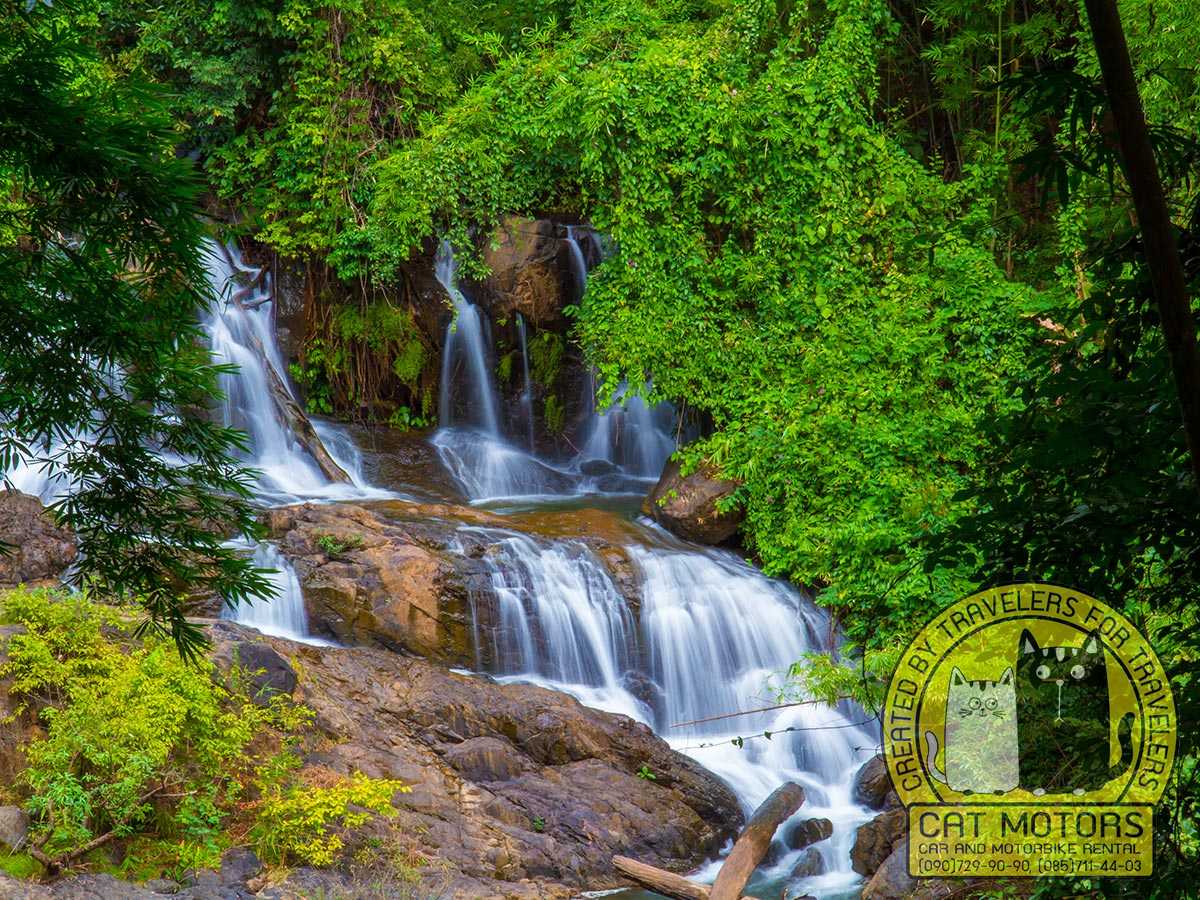
The Pha Suea Waterfall is, by far, Thailand’s most beautiful. It flows from the Burmese river of Mae Sa-nga. The fall has six levels and flows year-round. It is about 26 km from Mae Hong Son and is one of Thailand’s most visited falls.
Ban Rak Thai (Mae Aw)
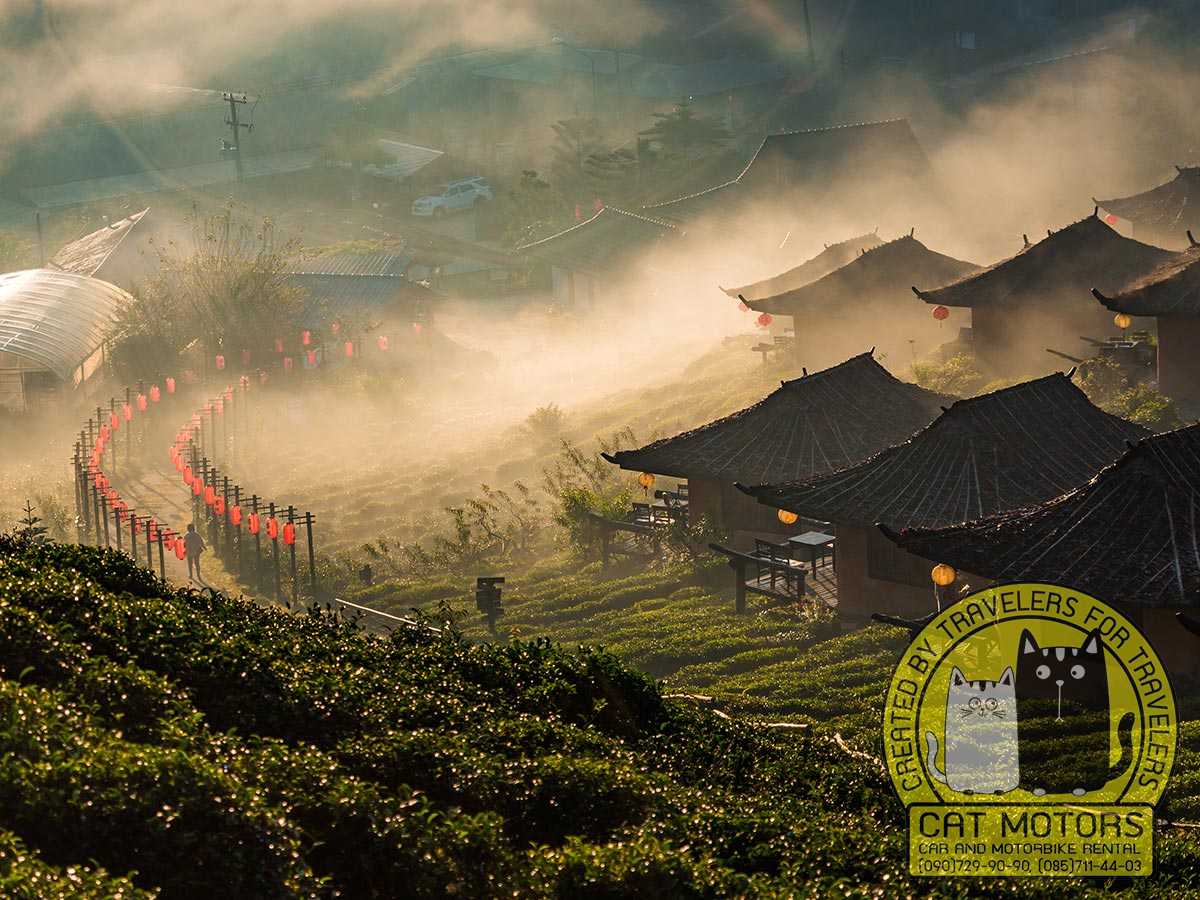
Ban Rak Thai is a small Chinese mountain village near the town of Mae Hong Son. The village was built by soldiers of the 93rd Division of the Kuomintang Army who fought against the army of the Communist Party of China during the Mao Revolution and were forced to retreat first to Burma and then to Thailand.
The village is famous for its lake, tea plantations, authentic Chinese food, souvenirs, and conservative Yunnan culture. The mountain village is nestled around a lake, around which it is nice to stroll.
Pang Tong Royal Forest Park Project 2 (Pang Oung)
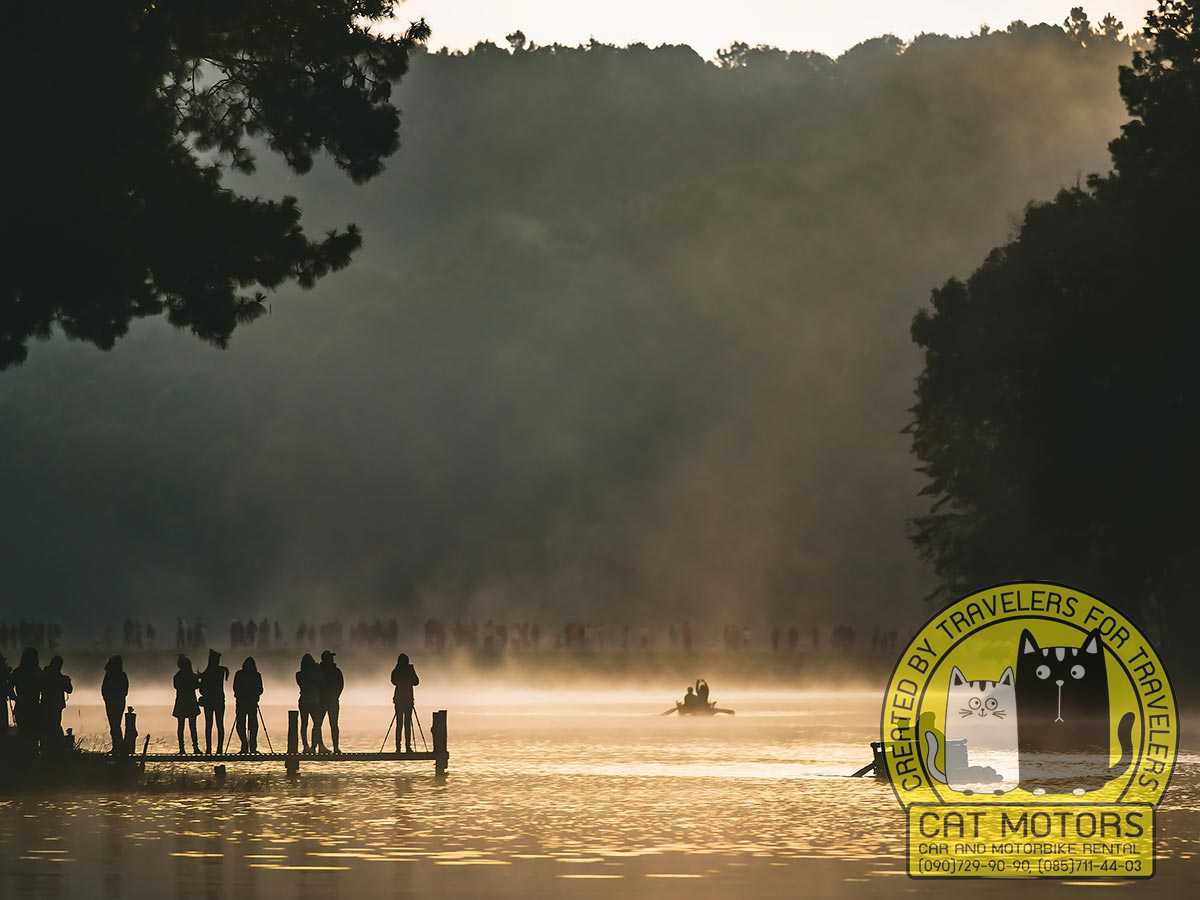
Pang Tong Under Royal Forest Park (also known as Pang Oung) is a large park with tall trees. The trees are planted in parallel lines which makes it very appealing to the eye. The plantation park is also adjacent to a pristine lake. If you are really lucky, you will see the occasional swan among the ducks on the water. The Pang Ung is a very popular camping spot at the Mae Hong Son loop during the winters and is a very well endorsed place for other adventure activities.
Nai Soi Long Neck Karen Village
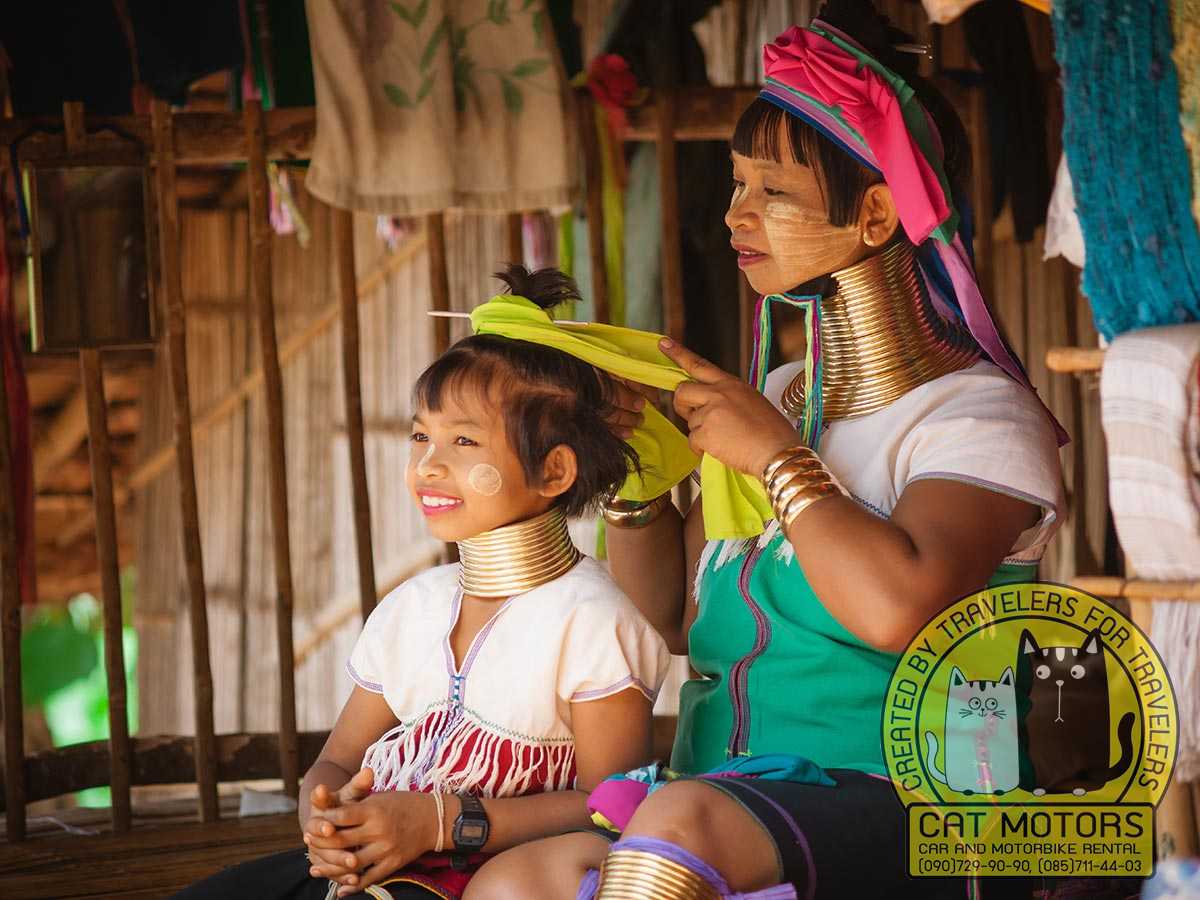
Nai Soi is a karen hill tribe village that is about 20km from Mae Hong Son town. The village is famous because it is close to a Thailand refugee camp. The village is predominantly occupied by the Long Neck Hill Tribe and the occasionally accepted refugee. Nai Soi, over the years, has become a very popular tourist destination because it is a safe environment in which tourists can interact with tribal people to get a deeper understanding of the life they live.
things to do in mae hong son
Sunset on Doi Kong Mu
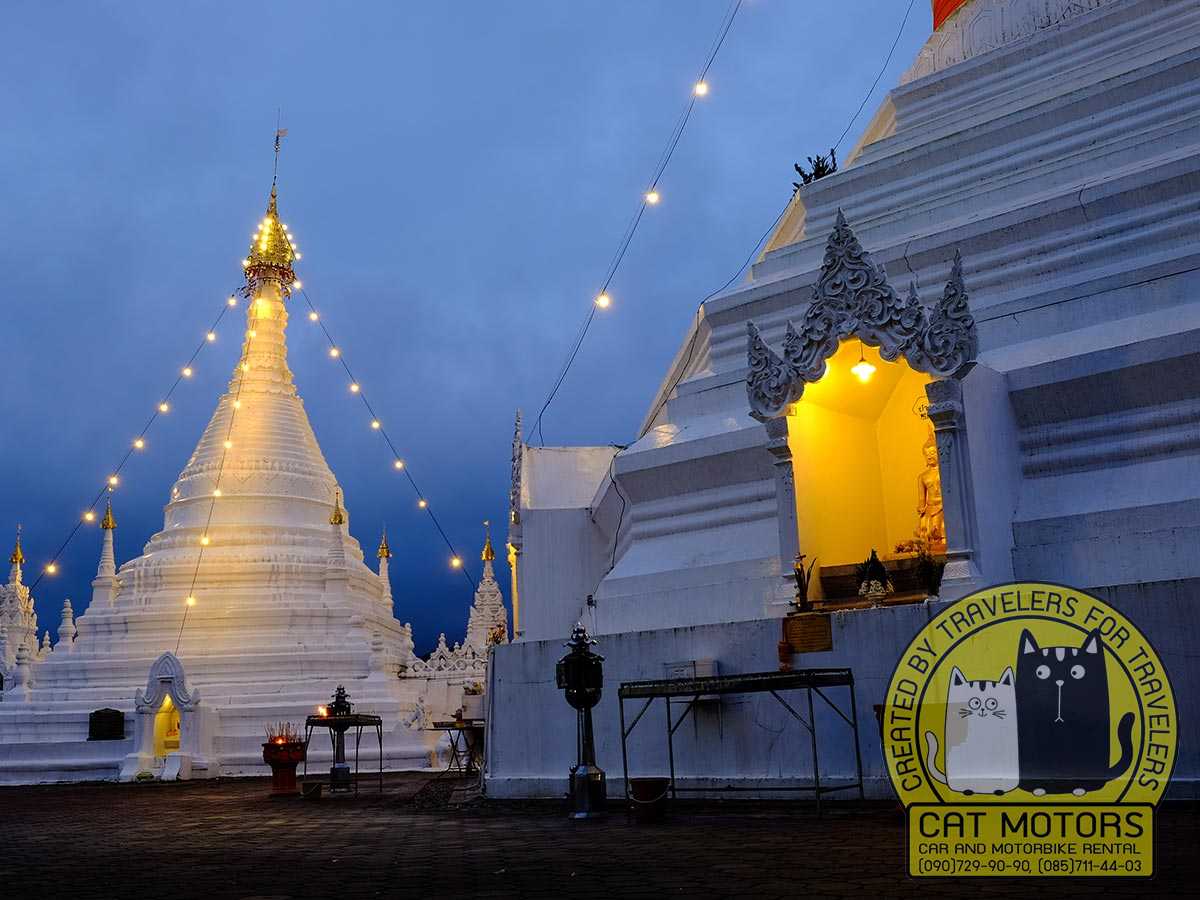
Perched atop Doi Kong Mu hill, Wat Phra That Doi Kong Mu is a captivating Burmese temple constructed in the 1860s. Its pagoda showcases exquisite traditional Burmese architecture, while the temple grounds serve as a tranquil abode for numerous devoted monks. This remarkable temple has gained popularity among both local tourists and adventurous world nomads for its breathtaking sunset vistas. The elevated hill provides a panoramic viewpoint, offering mesmerizing vistas of the town and even the airport. It’s a remarkable destination where visitors can immerse themselves in the serenity of the temple while enjoying the stunning beauty of the surrounding landscape.
You can find the times of sunsets and sunrises in this place at this link – https://www.timeanddate.com/sun/@19.2998837,97.9601902. Remember: Sunrise is the time when the sun has already risen above the horizon, and sunset is when the sun has already sunk below the horizon.
Wat Chong Klang & Wat Chong Kham
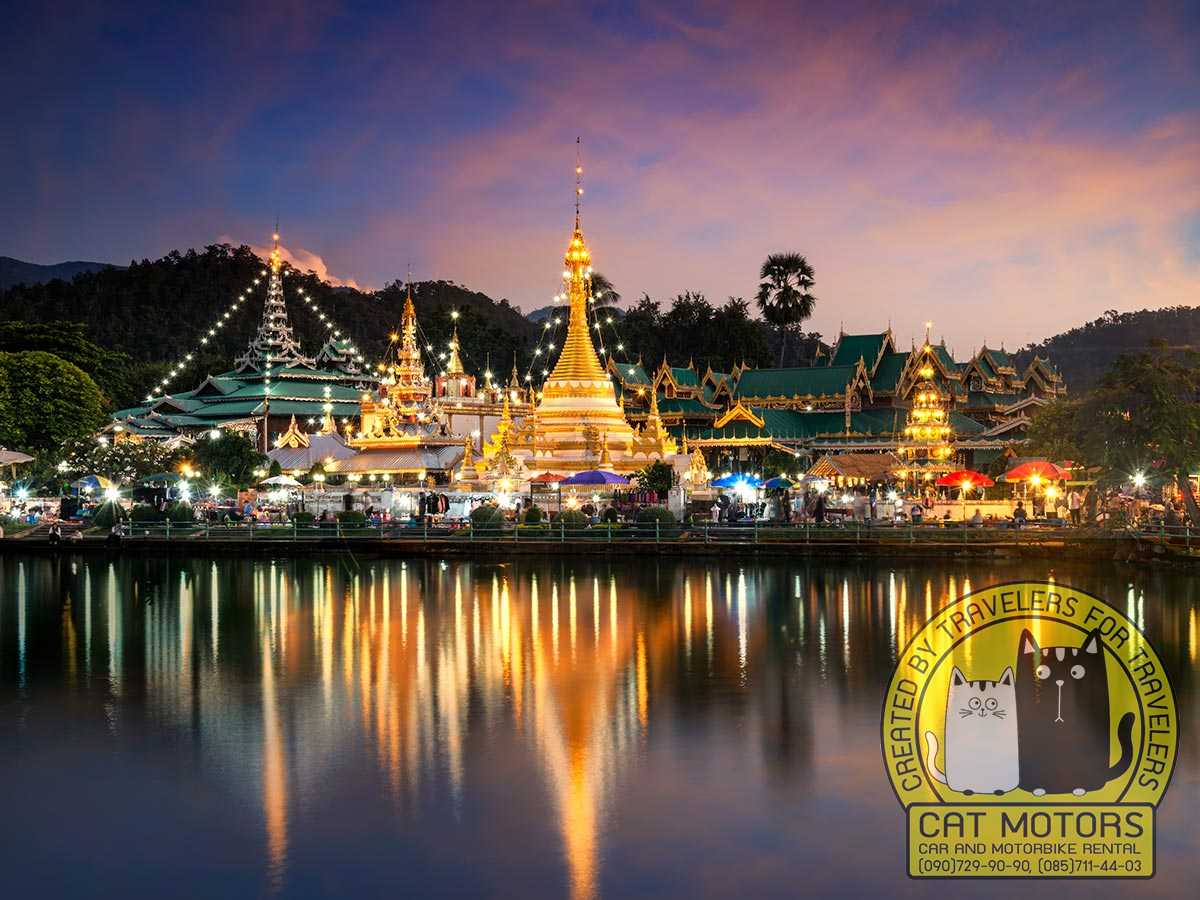
Wat Chong Klang and Wat Chong Kham are two of the most famous temples in the Mae Hong Son province. The lake that surrounds the two temples adds to the beauty of the place. These two temples see a lot of tourists coming in because of the imposing image of they make at the edge of the lake with mountains in the background.
The best time to visit Wat Chong Klang and Wat Chong Kham is at night because both of the temples are lit up and the water below reflects them. The picture of the lights reflecting from the lake is probably one of the most photographed sights in town.
Mae Hong Son Loop Certificate
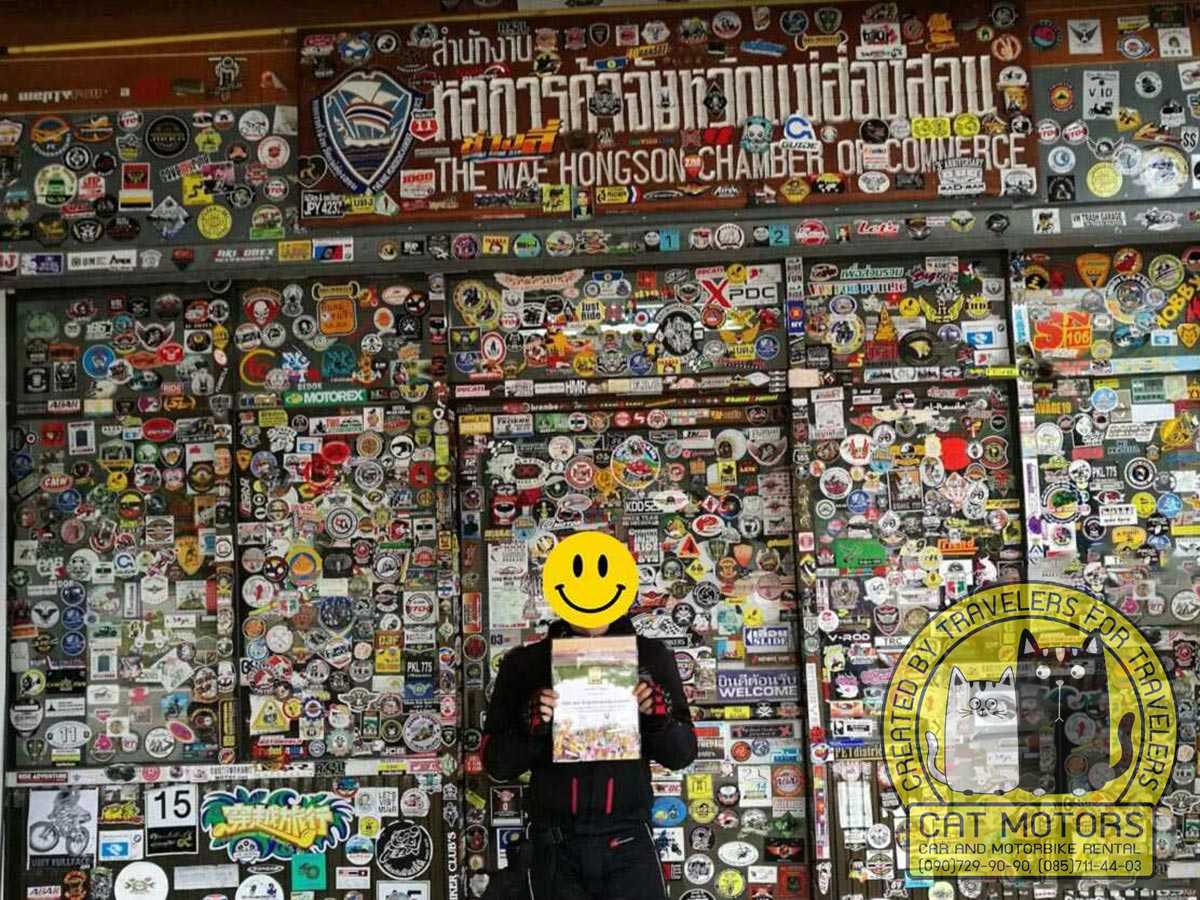
Ok, buddy. You did it! You rode your motorcycle through 1,864 curves! Don’t forget to get a certificate to prove it. The cost of the Mae Hong Son Loop certificate is 60 baht. In addition to this, you will be treated to delicious and aromatic local coffee.
The Mae Hong Son Chamber of Commerce is located just a couple of minutes drive from Nong Chong Kham Lake, opposite Mae Hong Son Tourism Business Association (Google Map).
The exact point on the map and coordinates can be found in the description of the route in the .pdf file, which is located at the end of this guide for motorcycle travelers.
Heading to Mae Sariang, Day 3
The Mae Hong Son to Mae Sariang route is approximately 162 kilometers. A comfortable journey along this route takes approximately 3 hours.
Direct route – 162 km
Scenic route – 190 km
Things To Do In Mae Sariang
Pha Bong Hot Spring
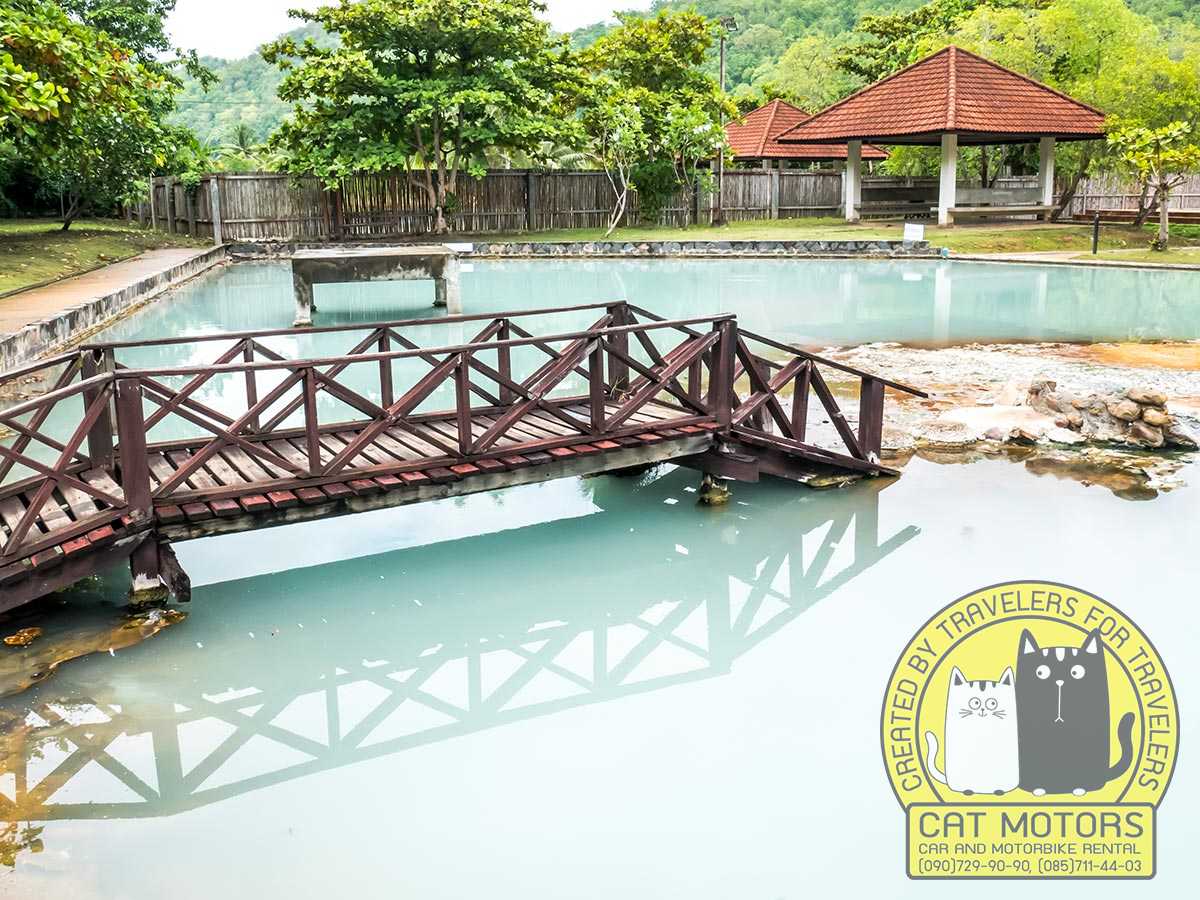
Pha Bong Hot Springs is another place to relax in the Mae Hong Son province. It has one large hot spring with several smaller pools around it. The mountains rise in the background creating a place of tranquility. There also has a number of mineral spa baths in the area that are accessible for 50 baht for a single room or 400 baht for a big room.
Pha Bong View Point
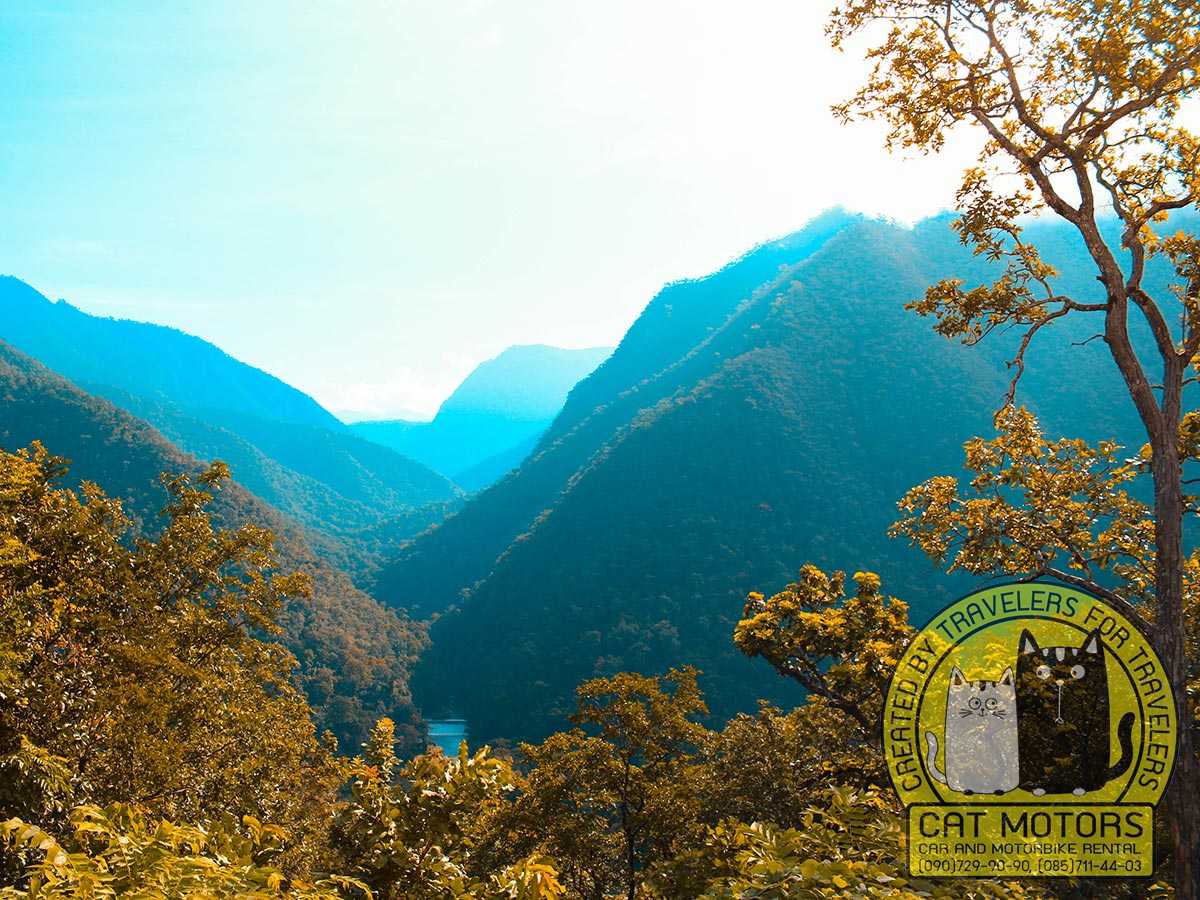
This is another stop-on-the-way kind of viewpoint because it has a couple of good coffee and tea stalls and a number of places to pick up snacks. The viewpoint falls in the middle of the road from Mae Hong Son to Mae Sariang.
Mae Surin Waterfall
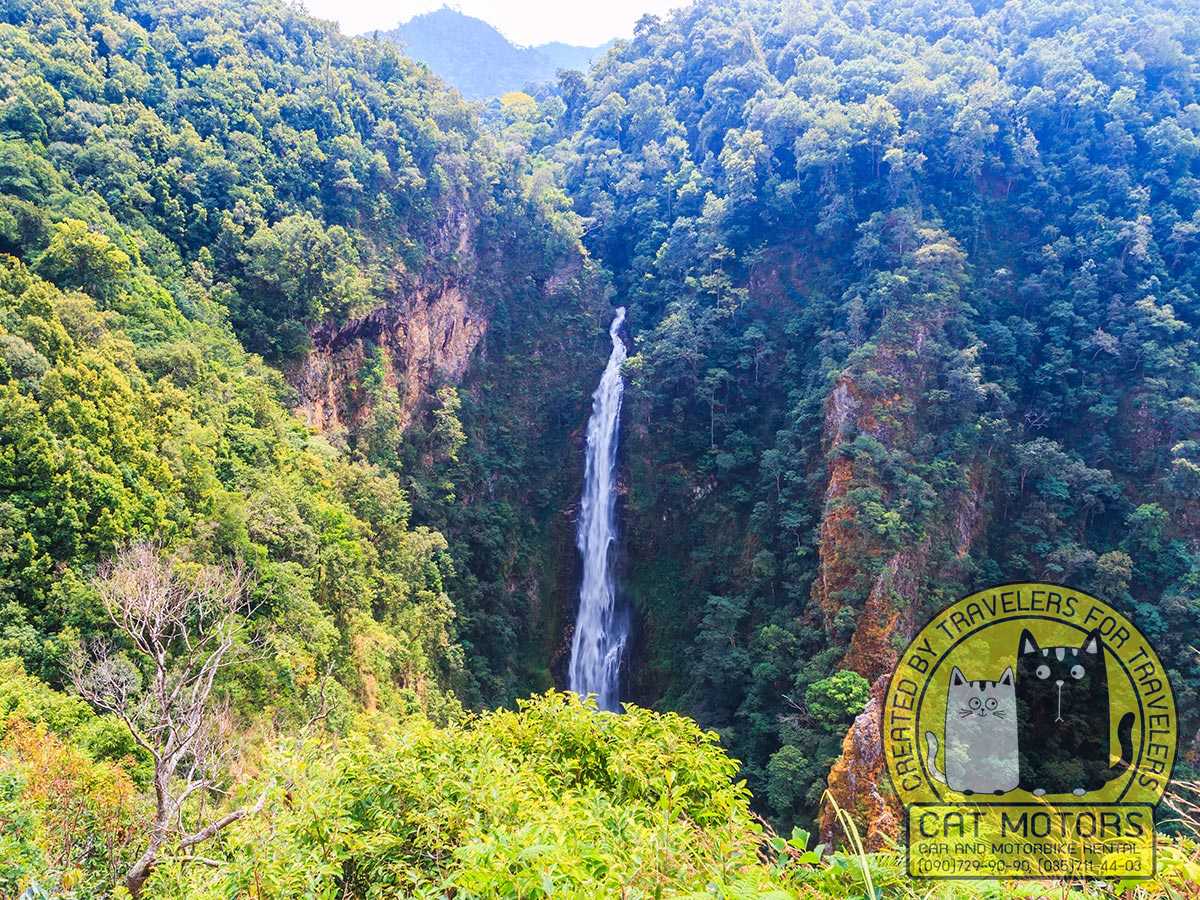
The Mae Surin Waterfall is one of the main reasons tourists flock to Namtok Mae Surin National Park. It is Thailand’s one of the most picturesque waterfall, with multiple levels of rock and beautifully cascading, clear water. The serenity and sheer size of the Mae Surin are unmatched and bring in tourists from across the globe.
Thai-Japan Friendship Museum
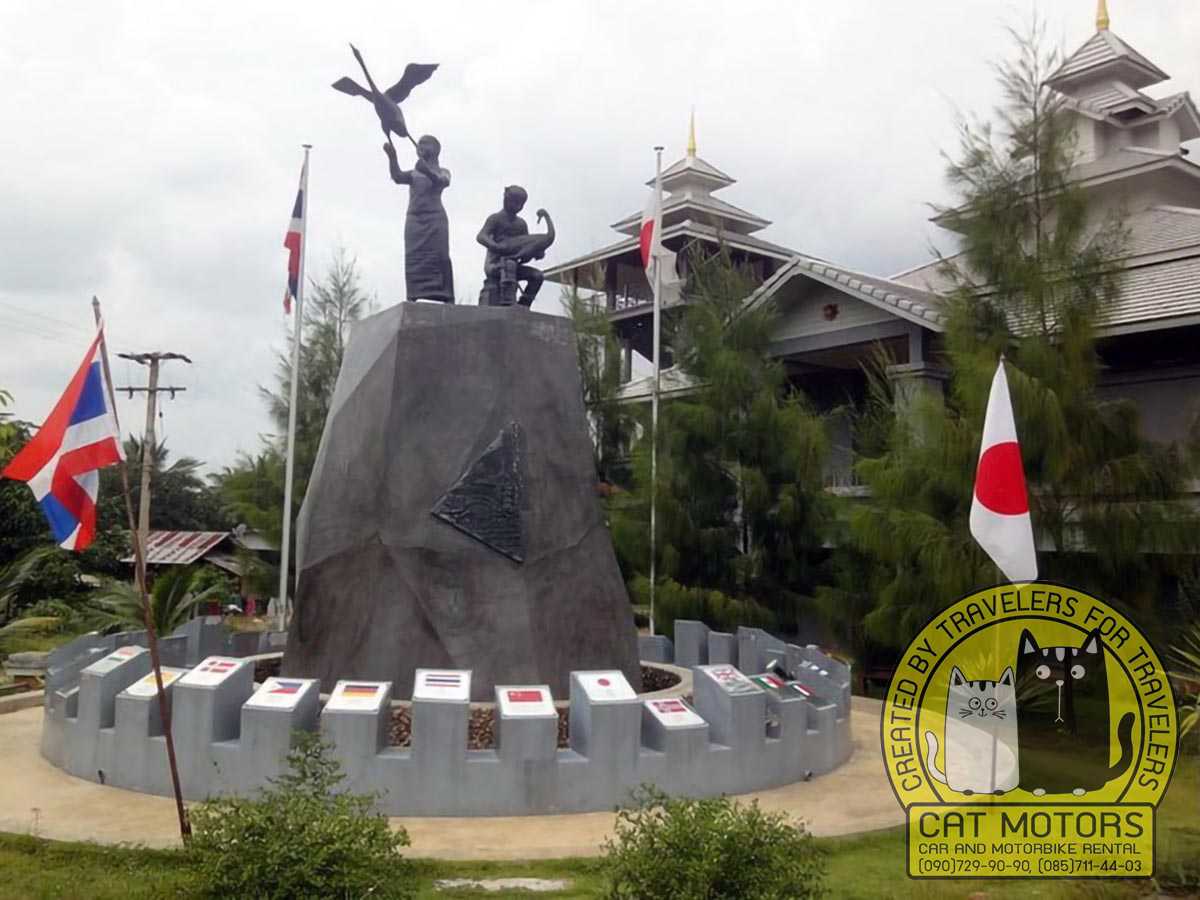
The Thai-Japan Friendship Museum is in the little sleepy town of Khun Yuam. The museum is home to many World War II memoirs. During the second world war, Khun Yuam was one of Japan’s most important Army bases. Since the museum contains exhibits that have nothing to do with the war, it is generally addressed as Thai-Japan Friendship Museum or the Khun Yuam Museum. The museum opened in 1995.
During World War II, the Empire of Japan was on the side of Germany.
After visiting the museum, you can choose where to go next. Mae Sariang is for those who want to ride longer. Mae Chaem – for those who want to return home quickly. The routes differ only in the length of the road. The sights on both routes are the same.
Doi Mae U-Kho
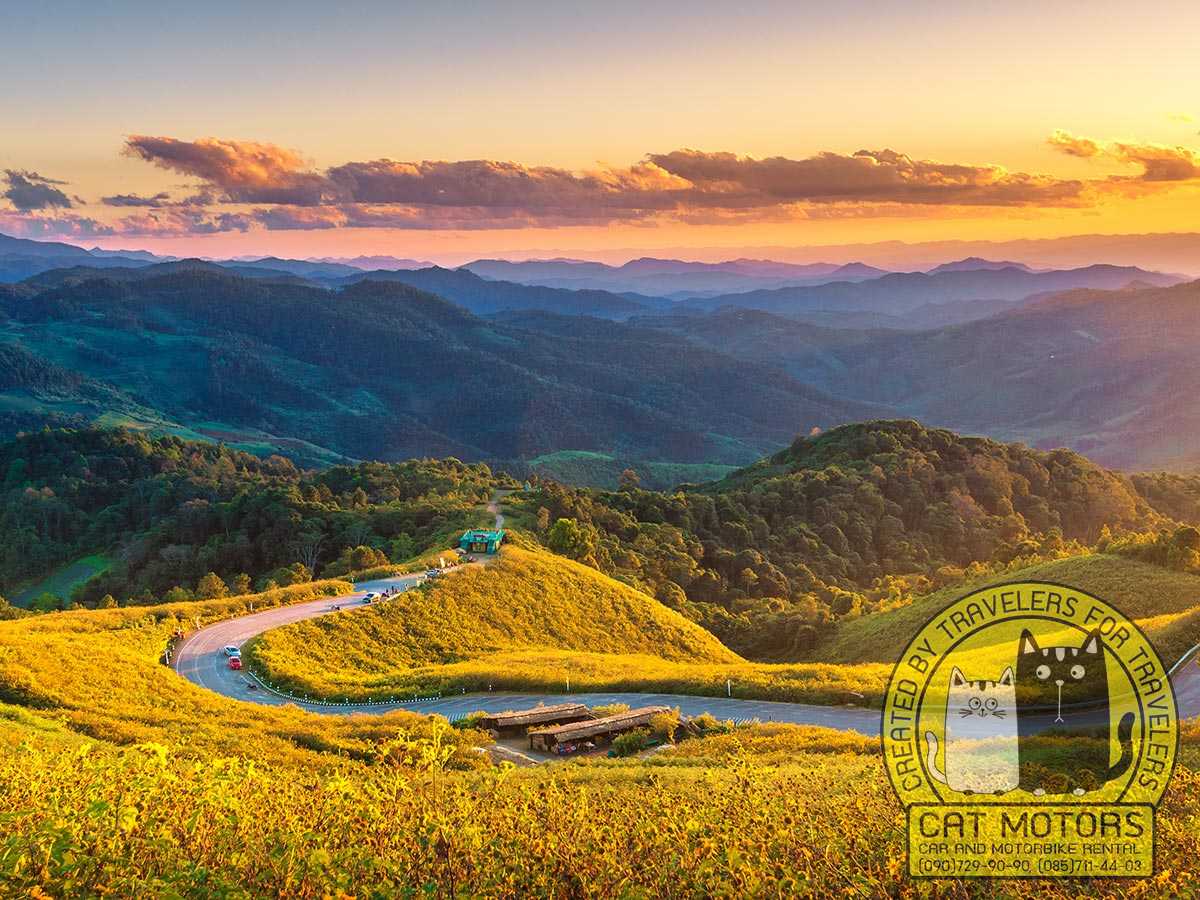
Dok Bua Thong (which could be classified as a wild sunflower) blooms in November, turning the entire hill country of Doi Mae U-Kho bright yellow. This attracts many local tourists to Khun Yuam area every year during these 2 weeks of bloom. Those who wish can use the campsites that are arranged at this time.
If you want to wander for pleasure for another two or three days along this route, then be sure to check out our guide to Mae Sariang and Salween National Park, where we have published reviews of 22 local attractions for travelers. Because it’s time to go there.
Get Back to Chiang Mai, Day 4
Mae Sariang to Chiang Mai
The Mae Sariang to Chiang Mai route is about 196 kilometers long. The road leads through picturesque hills and mind-blowing natural vistas, and by the end of the route gradually turns into a bustling suburb and then into the city of Chiang Mai.
Direct route – 196 km
Scenic route – 287 km
Wat Phra That Si Chom Thong
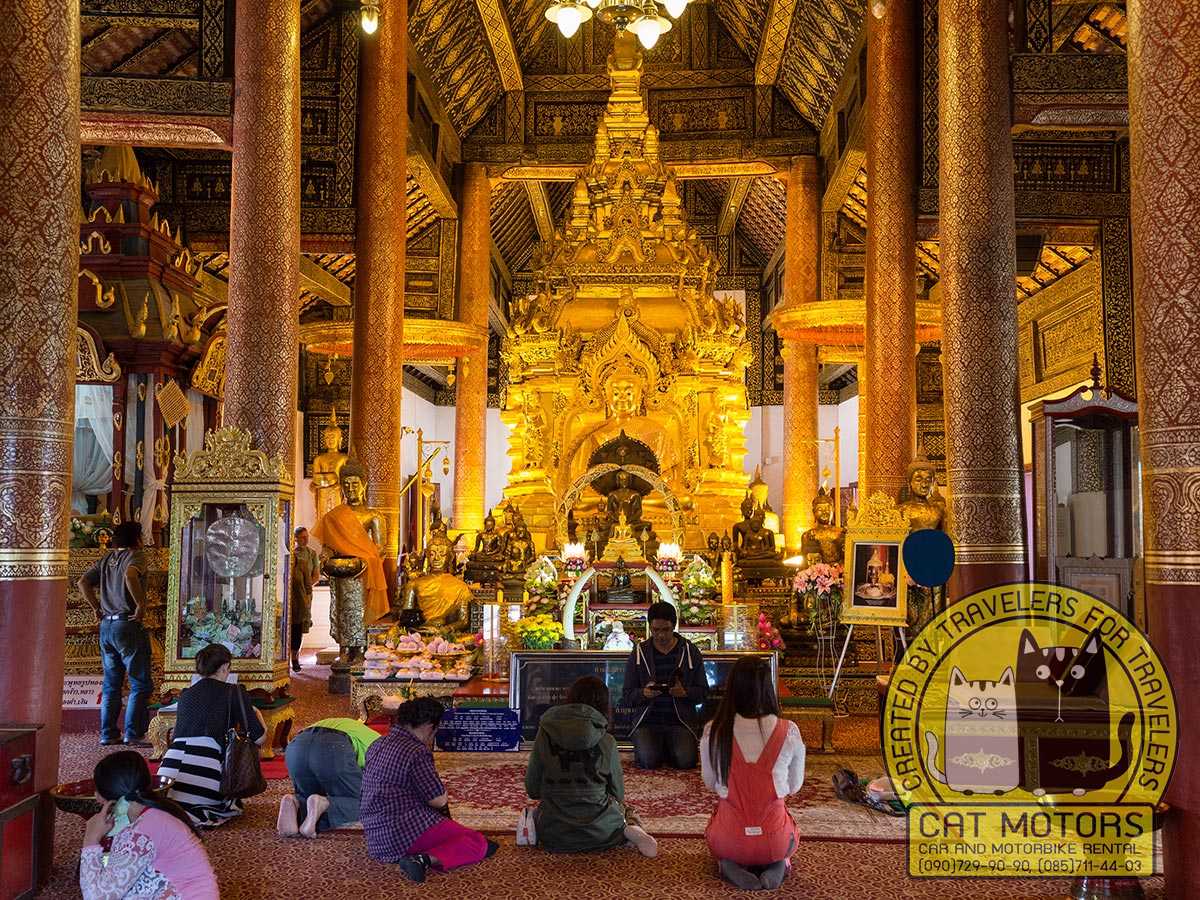
The Wat Phra That Si Chom Thong temple is a very important temple in Northern Thailand. The temple is located atop a hill and has an aerial view of the little villages below. The temple is a Buddhist relic because it is believed that Buddha himself visited the hill once where the temple now is. The temple also has a meditation center.
Mae Ya Waterfall
On your way to this waterfall, you will pass Op Luang National Park. If you decide to visit this place, add a couple of hours to your trip.
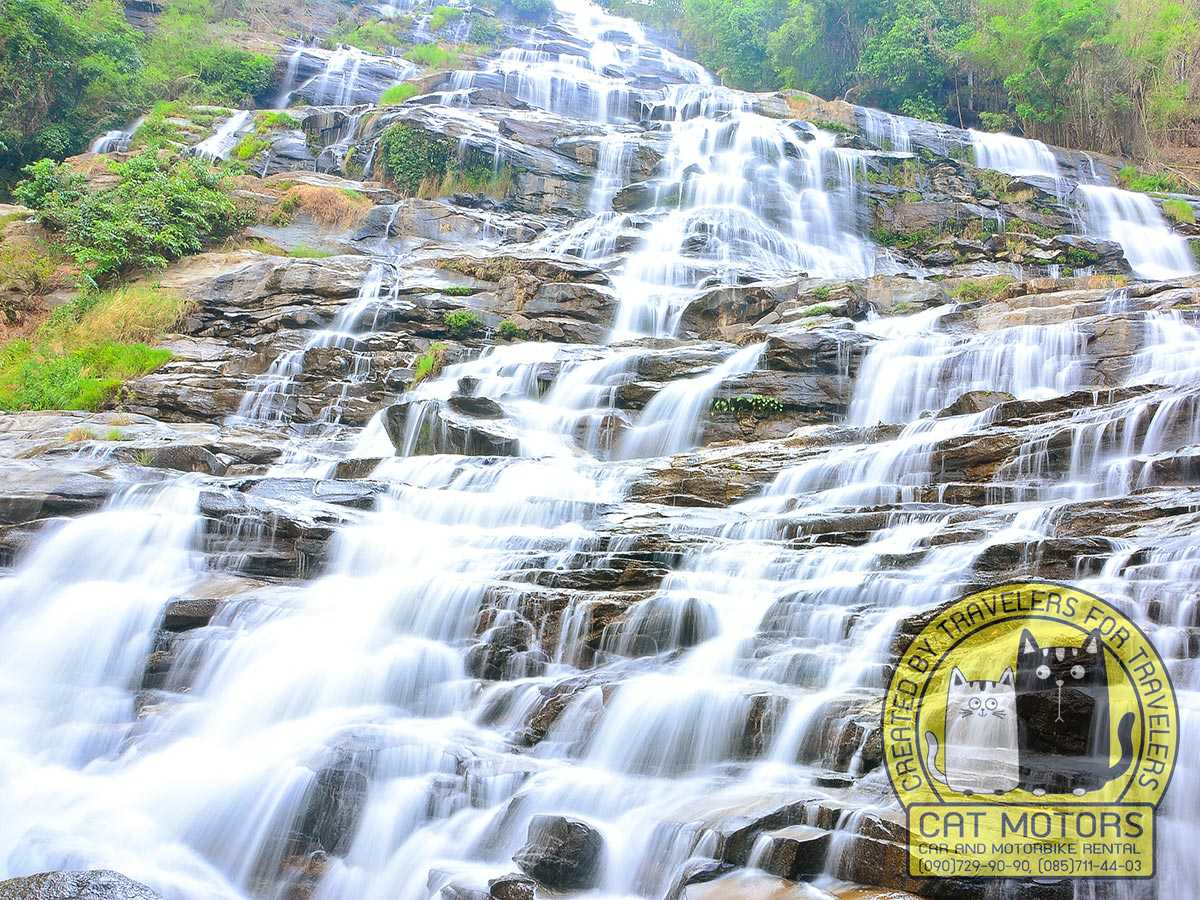
Mae Ya Waterfall is one of Thailand’s most beautiful. On the road between Mae Sariang and Chiang Mai, the fall is about 260m high and has many pools around it that locals swim and cool off in during the summer months.
Mae Ya and Wachirathan Waterfalls + Great Holy Relics Pagodas + Highest Spot in Thailand are in the same national park, but they have different entrances. One ticket can be used to enter through both.
Wachirathan Waterfall
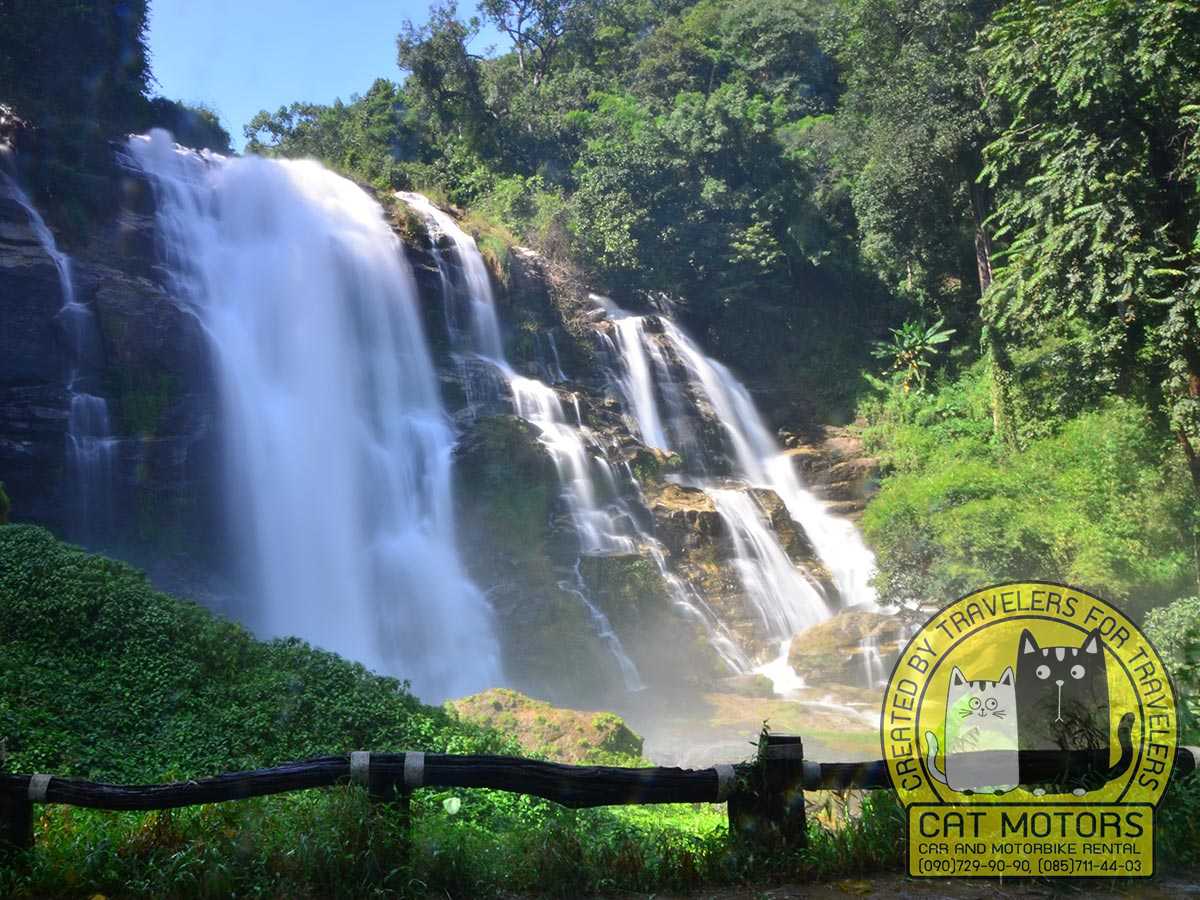
The Wachirathan Waterfall is also in the foothills of the Doi Inthanon mountain in the Doi Inthanon National Park and is the second on the way up to the summit. This fall is by far much stronger than the Mae Klang, likely because it is higher. It is a lovely place to rest and relax before continuing on to the next point of interest.
The English translation of Wachirathan is “Diamond Creek” as the water flows down over granite as it reaches the ground, and millions of falling splashes become like airy fragments of bright and iridescent diamonds. The waterfall itself is quite segmented, but the cumulative height of the is approximately 80 meters.
On most days in the non-rainy seasons, there is one very forceful stream plummeting to the ground on the leftmost part of the fall and it gets stringier as you move to the right. But even without rain, there is enough water falling down the slope to create a powerful mist spray and make rainbows by reflecting the sun.
The Wachirathan is one of the more crowded ones on the way up to the summit. This waterfall is truly the best in Northern Thailand. The waterfall is accessible by road and has ample parking at the entrance.
Great Holy Relics Pagodas
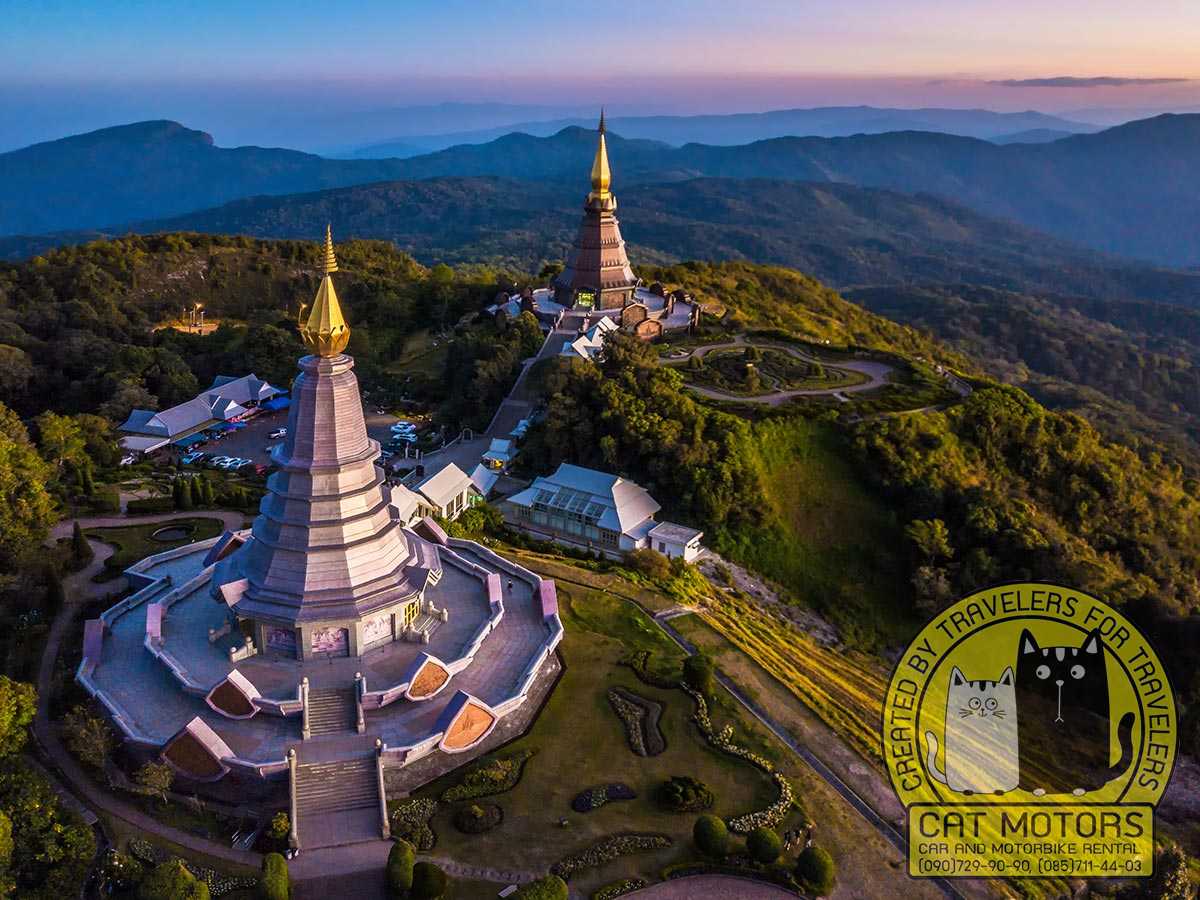
The Great Holy Relics Pagodas is a temple that is built on the slopes of Doi Inthanon National Park. Because of its height and its location on the hills, the Great Holy Relics Pagodas is a nice stop to watch both the sunrise and the sunset from.
Doi Inthanon, Highest Mountain in Thailand
The Doi Inthanon Peak is the highest mountain peak in Thailand and is a very popular destination for both domestic and international tourists. The top of the mountain is about 2,565 meters or 8,415 feet. Doi Luang and Doi Ang Ka are two other names that the locals sometimes call this peak which essentially translates to the same meaning, “the Big Mountain”.
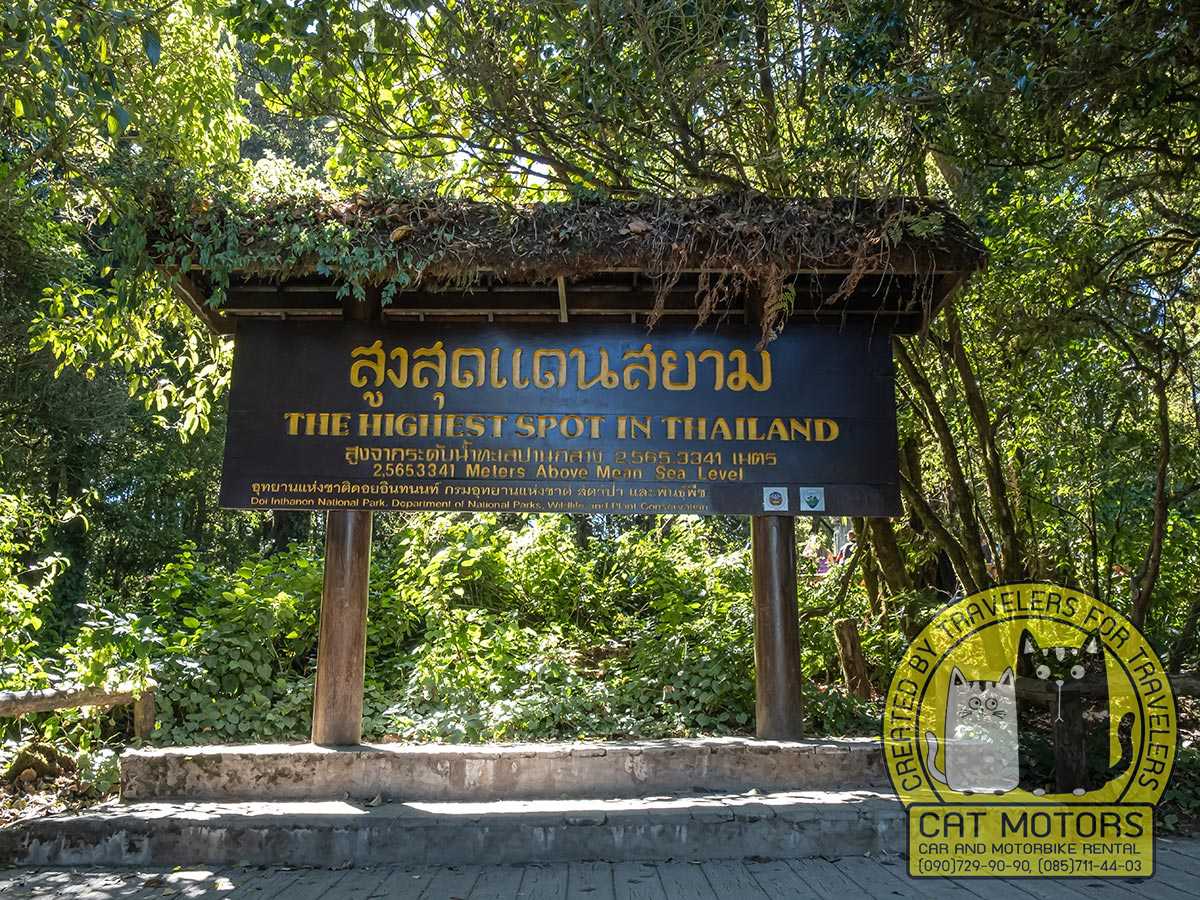
Doi Inthanon was renamed in honor of the last king of the Chiang Mai Province who was deeply concerned and involved in the conservation of forest lands and the mountains. In fact, he wanted his ashes to be interred on the summit. Apart from being a symbol of historical importance, this mountain is also home to the Thai Air Force’s weather radar and the Thai National Observatory.
The summit can be reached by road and, for the more adventurous amongst us, by hiking trail. If you are planning to hike the mountain path, plan to stop often, keep hydrated, and wear appropriate footwear.
Ganesha Museum
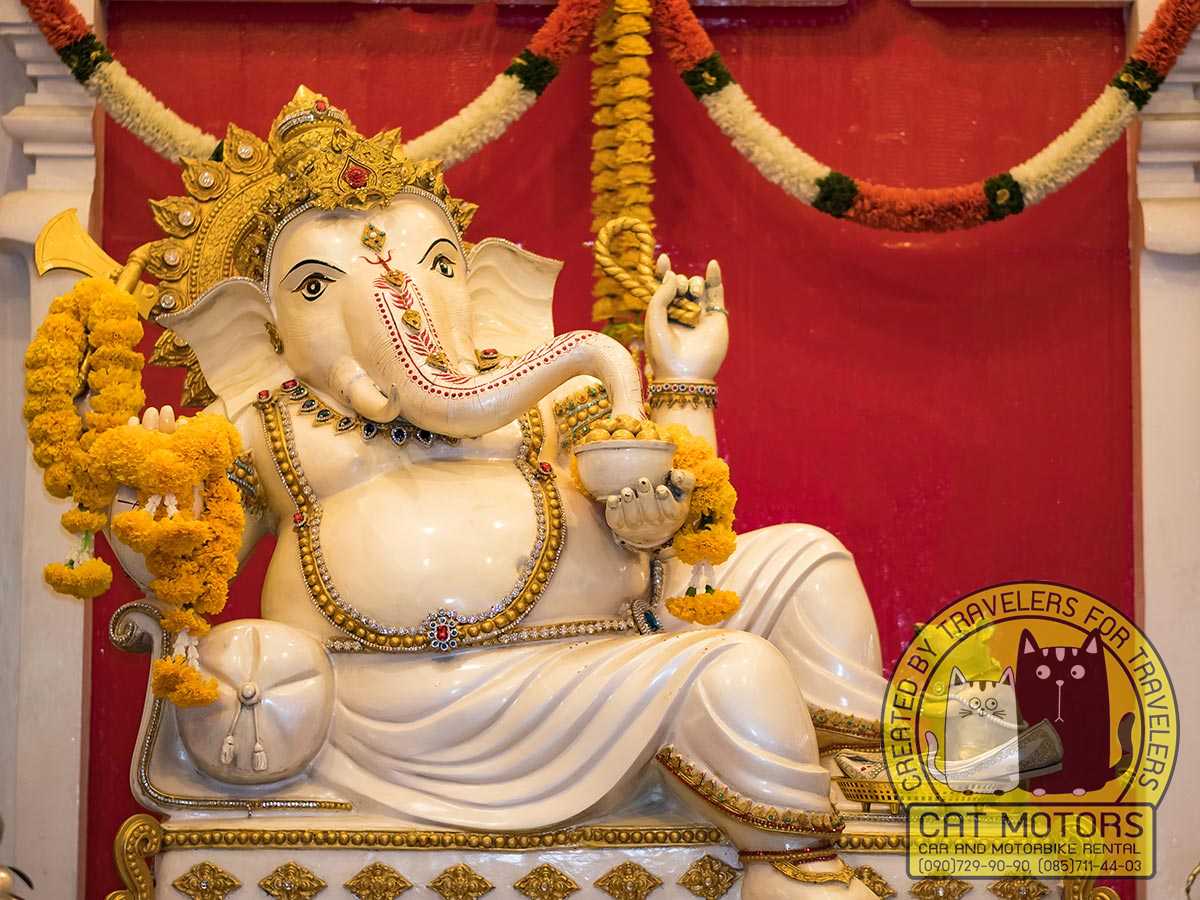
The Ganesha Museum in Chiang Mai is probably the most peculiar museum in Thailand. Ganesha is the Hindu god of success and luck, and the entire museum is a collection of statues to this god. It was started by a Bangkokian named Mr. Pundhorn Teerakanon. Mr. Pundhorn received his first Ganesha statue from his father when he was 19 years old and since embarked on creating a collection. This is one of the last points of interest on the Mae Hong Son Loop.
Please be careful traveling the Mae Hong Son loop. There are many turns. Keep left and avoid the crazy drivers on the road.
Mae Hong Son Loop Google Map
Download our mini-guide with geo-coordinates in .pdf format. If your mobile network suddenly goes down in the mountains, you can use the information in this file to find POIs without the internet. You can also download a Mae Hong Son google map (offline version) of this route to use offline if there is no internet along the way.
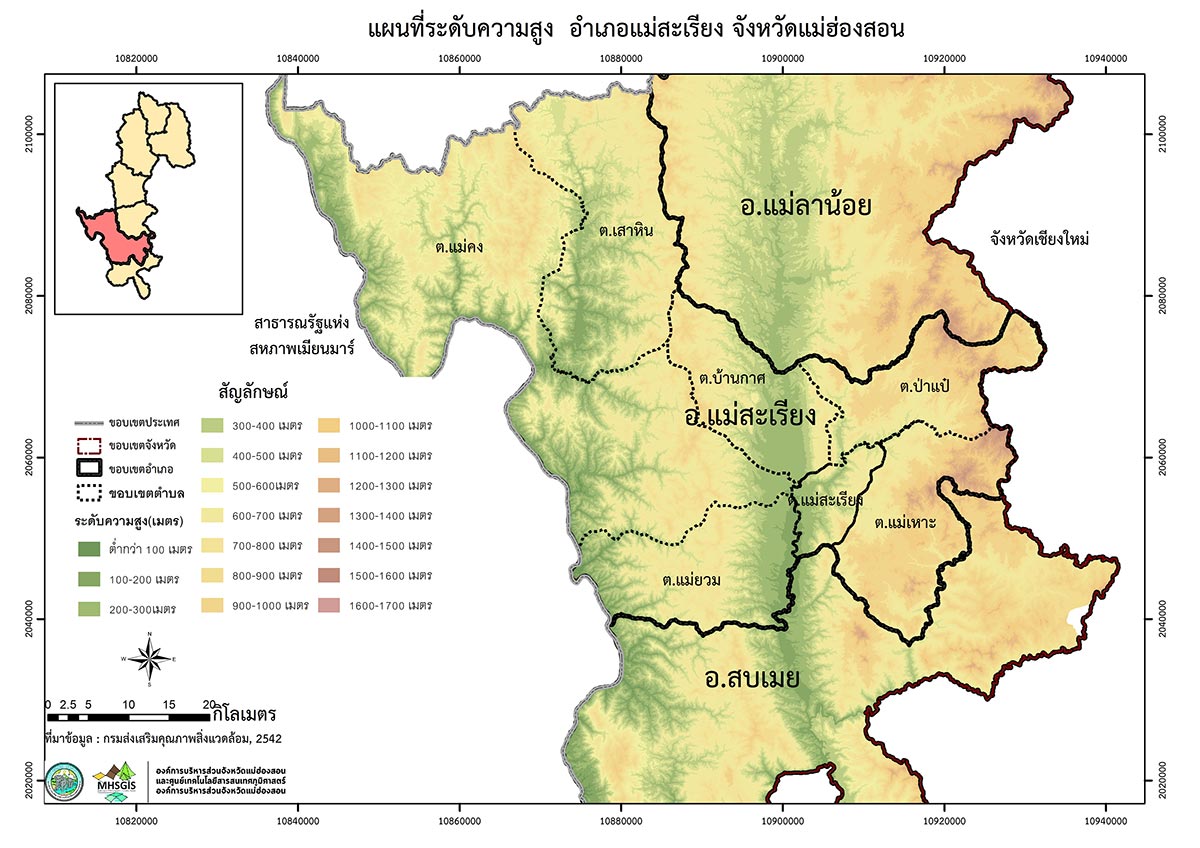
Quick Facts
Route: The Mae Hong Son Loop is a circular route that covers about 600 kilometers in Northern Thailand, starting and ending in Chiang Mai.
Duration: Depending on how many stops you want to make along the way, completing the loop can take anywhere from 4 to 7 days.
Highlights: The route is famed for its 1,864 curves offering adrenaline-pumping rides, stunning mountain views, unique local cultures, and key attractions such as Pai, Mae Hong Son town, and the mystical Tham Lot Cave.
Mode of Transportation: The most popular mode of transport is by motorcycle, but car rentals and even guided tour services are available. A motorbike gives you the most freedom to explore at your own pace.
Best Time to Go: The best time to do the loop is during the cool season, from November to February. The weather is usually clear, making for great scenic views, and the temperatures are more comfortable.
Accommodation: There’s a wide range of accommodation options available in each town, from budget guesthouses to luxury resorts, suiting every kind of traveler.
Preparation: Make sure to pack light but adequately, particularly with clothing suitable for a range of weather conditions, including rain gear. Sunscreen, hydration, and snacks are essentials.
Road Conditions: The road conditions are generally good but can be challenging, particularly if you’re not used to riding long distances.
Remember, it’s not just about the destination but also the journey. The Mae Hong Son Loop offers some of the best road trip experiences Thailand has to offer, with its combination of natural beauty, culture, and adventure. Enjoy the ride, take your time, and absorb the unique experiences along the way.
Video Review
Kraig Adams Video Report
Hidden Gem: Mae Hong Son, Ep.1/2
Thailand’s Hidden Gem, Ep.2/2
FAQ
If you prefer to travel by car, in this case we recommend EconomyBookings or RentalCars, where you can find the best prices for car rentals in Chiang Mai among all major car rentals in the city.
“Mae” in Thai translates to “Mother” in English. This term can be used both literally to refer to someone’s biological mother and colloquially, similar to how one might use “Mama” in English. However, in Thailand, it’s also common to use the term “Mae” as a sign of respect towards older women, even if they are not your biological mother. It’s part of many Thai names and could mean “Mother of…” when used in this context. For example, in a name like “Mae Pranom”, “Mae” would be a sign of respect and honor, with “Pranom” being the person’s actual name.
Moreover, the term “Mae” is not just used for addressing people; it is also used in naming places, particularly rivers and towns.
One of the most famous examples is the Mae Klong River, a major river in western Thailand, notable for its large fish market and the Maeklong Railway Market. Another example is Mae Hong Son, a remote, mountainous province in northern Thailand, bordering Myanmar. It’s known for its rugged karst terrain, hot springs, and the indigenous hill tribes that live in the area. The capital city, also called Mae Hong Son, is a popular stop on the “Mae Hong Son Loop”, a scenic drive that starts and ends in Chiang Mai. Mae Sot is another city in western Thailand known as a bustling border town with a diverse population, including many Burmese refugees and migrant workers.
So, in Thailand, the term “Mae” carries a profound significance, be it in addressing people or naming geographical locations. As a traveler, understanding this can enhance your cultural appreciation and interactions with the locals.
The name “Mae Hong Son” translates to “the city of three mists.” It is derived from the natural geographical features of the location which is surrounded by high mountains and is often covered by mist. The “three mists” refer to the morning mist, the mist from burning fields (during farming season), and the evening mist (which is common in winter months).
First, you should avoid riding automatic scooters with a 110cc engine because some roads are very steep, and you won’t be able to go up because such a scooter doesn’t have enough power to do that.
In the second place, you should avoid reckless driving. This applies to all routes and roads in Thailand, but the Mae Hong Son loop is listed as the most dangerous road for foreigners. The problems you will encounter on this route are described here. Surprisingly, foreigners have nothing to do with these problems.
Thirdly, don’t forget that you are traveling in the north of Thailand. This means that these places’ early morning and late evening weather is cold in the mountains. So be sure to bring warm clothes (sweatshirt, jeans, socks) and avoid traveling in a T-shirt and shorts. If you’re going on this trip on a big bike, be sure to wear motorcycle gear.
Fourth, avoid constant exposure to the sun; otherwise, your skin will burn. Yes, that’s really true. It’s cold there in the morning and evening, but in the afternoon, your skin burns in just 15-20 minutes. So, don’t forget to wear long sleeves or use sunscreen.
Well, and most importantly, avoid riding without a helmet. Because it is the lack of a helmet and head damage is the most common cause of death in motorcycle accidents in Thailand.
As we mentioned in our guidebook, the only danger that awaits you when traveling on the Mae Hong Son loop is unpredictable and reckless drivers. However, in other respects, the journey along this route is perfectly safe, and the locals are kind and good-hearted.
We do not recommend this route for night trips. This road is very winding; in some places, there are 180-degree U-turns, and at the same time, there are no road markings, which can lead to a traffic accident. Furthermore, if something happens to you during your night journey, then most likely, no one will find you until the morning because the roads here are empty and deserted at night. In addition, it can be very cold for motorcyclists, even if you wear motorcycle gear.
Yeap, sure. You can travel this route alone. The locals are kind and friendly. Many of them will try to help you in case of any trouble, even though there is a language barrier and perhaps a complete misunderstanding of the language you speak.
It’s a little surprising, but according to the census conducted by the Bureau of Statistics of the Kingdom of Thailand, out of 210,000 people living in the province of Mae Hong Son, approximately 40% of the inhabitants (84,000 people) do not speak Thai. Some people in these places are bilingual, but they still do not speak Thai.
List of languages spoken by locals: Karen (90,000 people), Thai (69,000 people), Thaikueng (36,000 people), local and hill tribe dialects (19,000 people), Hmong / Meow (5,000 people), Chinese (1200 people), Burmese (700 people), English (200 people), Lao (100 people).
In our opinion, the best time to travel Mae Hong Son Loop is from September to February, when nature is green, waterfalls are full of water, and the weather is not too hot. Of course, you can travel at other times of the year, but the best time to travel is from September to February. If you want to catch the Himalayan cherry blossoms, you should travel from mid-December to the end of January.
The coldest time of the year is in the three winter months of December, January, and February when night temperatures can drop as low as 4 degrees Celsius. But, during this time, many locals from all over Thailand, especially from the southern provinces, travel through the Mae Hong Son loop, tired of the unbearable heat and scorching sun, enjoying the cold weather.
Depending on the time of year, the trip can be either comfortable or very hot and exhausting. The hottest times of the year are March and April when temperatures can rise to 40-42 degrees Celsius. Some unskilled riders who have some problems with high blood pressure may even faint during the ride. Also, note that Thailand is near the equator, which means there are very high levels of ultraviolet radiation. Even in cloudy weather, being outdoor for just 20-30 minutes, you will get sunburn if you do not use sunscreen. Therefore, be sure to wear long pants and long-sleeved shirts during your trip if you do not want to get sunburned.
If you don’t care about anything other than the statement “I’ve been here” and a few selfies, you can make this trip in a couple of days, ignoring the detours from the route. But if you like to travel leisurely, explore the surroundings and local culture, enjoy the gastronomic delights and delicacies of the local cuisine, take pictures with amazing views, and watch spectacular sunsets and enchanting mountains sunrises, then plan this route for 4-7 days.
The route, beginning in Chiang Mai and ending in Mae Hong Son, has 1,864 turns. Honestly, no one knows who counted it or how. Since after reaching Mae Hong Son, you travel further and visit other towns and attractions, we will assume that the total number of turns on this route reaches over 4000, but this is inaccurate =) If you can count it – let us know the exact number! =)
When you arrive in Mae Hong Son, you must visit the Chamber of Commerce, which is located near Nong Chong Kham Lake, where you will be given a personal certificate. It costs a nominal fee, but in addition to the issued certificate you will be treated to free delicious freshly brewed coffee.
Local dishes such as fried rice (khao phat), stir-fried rice noodles (phat thai), green papaya salad (som tam), deep-fried crispy egg noodles (khao soi), Hainanese chicken rice (khao man gai), or yellow egg noodles (ba-mee) along the route will cost you about $1-2 per plate.
The word mueang (เมือง, transliteration – meuuang) in Thai can have several meanings, depending on how it is used. For example, mueang Thai would mean Thailand; baan mueang would mean country, state, or nation; mueang luang would mean the capital city, and over a dozen other values. In the case of Mueang Mae Hong Son, it means the district in which the city council is located, i.e., the city district.
Our travel guides are your key to unlocking the beauty of Northern Thailand, featuring routes that take you through stunning landscapes and vibrant communities. Don’t overlook our terms and conditions to ensure a seamless rental experience. With these tools, you’ll be ready to explore everything from serene mountains to bustling towns. Dive into Northern Thailand’s rich culture and natural beauty with the best preparation possible.
Additionally, make sure to visit our tips and advice sections, where you’ll find essential recommendations for safe and enjoyable riding. Our website is packed with valuable information to help you make the most of your motorbike adventure. By utilizing these resources, you can ensure a well-planned, memorable trip that captures the true essence of Northern Thailand’s natural and cultural treasures.
Cat Motors Team
- Author: Konstantin Zh
- Updated: January 4, 2026
- 22 Comments


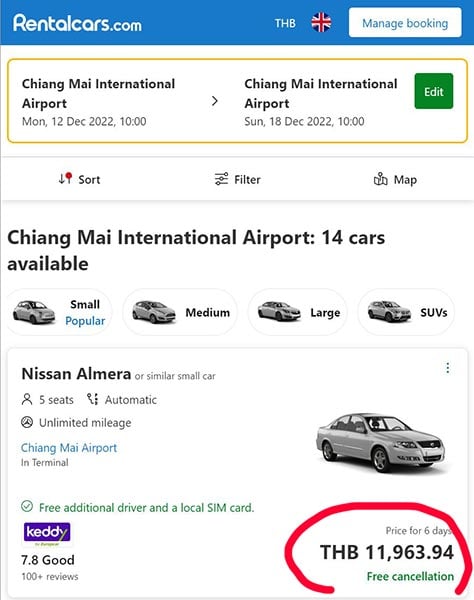

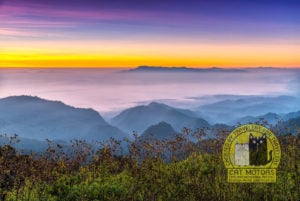

22 Comments
We are a couple traveling from through Thailand and are interested in traveling the Mae Hong Son Loop next week. I have plenty of experience on an automatic scooter/motorbike back home and have been driving in Thailand thus far on our trip, with my partner on the back. My partner has some scooter experience but we’d like to rent a scooter to travel around Chiang Mai to get her more comfortable before setting off on the Mae Hong Son loop. Fully appreciating your disclosure about not renting to first time riders I wanted to ask if getting 3-4 days of practice in Chiang Mai prior to renting from your would be appropriate for experience, assuming we couldn’t rent through you for that period. Alternatively, I suppose we could do a single scooter with her on back, but I suspect that even the larger scooters wouldn’t have sufficient room for even a small bag for our trip. We appreciate any feedback. Thank you!
Hi Bryan!!! I don’t think 3-4 days in Chiang Mai is enough for a novice traveler who has never ridden a motorcycle before to travel the Mae Hong Son Loop. Because of the large number of turns and the traffic patterns in Thailand, it will be dangerous and tiring. However, if you have a huge bag, you can leave it at our office, taking only the essentials on the trip. It is free of charge.
Hello! I’m planning to ride the Mae Hong Son loop and Chiang Rai. I will probably rent a 110cc motorcycle.
My question: Are there gas stations on the way to Mae Hong Son?
Hi, Asrul! Along these routes you can easily find gas stations. But keep in mind that some sections may pass through forests without settlements, and therefore without refueling stations. Sometimes, you can go 30-40 kilometers and meet no one. Therefore, it is better not to allow the gasoline in the fuel tank to run out, especially after you turn off Route 107 onto Route 1095. Also, you can find gas stations on Google Map and the Sigyc App. On the way from Chian Mai to Mae Hong Son there are 29 big gas stations where you can not only fill up your bike, but also buy food, coffee or tea and a variety of snacks to eat at the store (7-Eleven or other).
There are also many village “gas stations” which are the most common 200-liter barrels of gasoline with a hose sticking out of them, but I think you’ll have trouble finding them because they are located inside the villages and not on the roadway. So, I don’t mention them.
If you want to rent a motorbike with automatic transmission, I advise you to rent a motorcycle that has an engine capacity of at least 125cc. As an automatic scooter with 110cc engine capacity will have difficulties in some places, as these roads are very hilly, and the automatic transmission (variator) has its own peculiarities when riding. If you want to rent a bike with 110cc engine, then it should be a motorbike with a manual gear, or semi-automatic transmission.
Hi, Cat Motors Team! Will it be possible to complete the loop in 3 days, skipping some of the destination? Will I miss much if I complete the loop on car instead of bike?
Hi, Han. The Mae Hong Son loop is equally suitable for motorbike and car alike. Sure, you can ride this route in three days if you do not visit Ban Rak Thai and Mae Surin Waterfall. In that case, your itinerary could be as follows:
Day 1: Chiang Mai to Pai.
Day 2: Pai to Mae Hong Son.
Day 3 (you will need to wake up early because you will have to cover about 300 kilometers in a day): Mae Hong Son – Doi Intanon – Chiang Mai
Alternatively, you can skip the sunset at Mae Hong Son and skip visiting the outskirts of MHS (check clause 3.2), in which case you can spend the night in Khun Yuam or Mae Chaem. Then the third day will be less tiring.
Hi Cat Motors Team,
We are couple traveling to Chiang Mai for the second time end of this June. We are interested travelling Mae Hong Son loop by a motor bike for 5 days. We have rented motor bikes many times in Thailand in various location over the last 8 years. Thinking about renting a comfortable motor bike this time as it will be long distance ride.
My question is, We never visited Thailand in June before and is it hard to drive up in Northern Thailand by bike in June considering its rainy season?
We have some big luggages and is it possible to leave them somewhere safe in your shop?
What sort of motor bike you recommend for us two? ( We like comfort rather than speed), I will be driving and I have experience both manual and automatic gear system.
Looking forward to hear from you soon.
Thank you.
Upul G
Namaste, Upul! Although June is considered the rainy season in Chiang Mai, it rains mostly at night, and it rarely rains heavily during the day. So, I don’t think rainy weather can make you uncomfortable. Nevertheless, driving a two-wheeled vehicle on a wet road requires the necessary skills.
We recommend the Honda Wave 125cc semi-auto or the Honda PCX 150cc with rear drum brake if you want to travel together on the one bike. The fact is that this route has steep descents and climbs in some places, and these models of bikes will be the best choice for two people. But if you want to rent two motorbikes, a Honda Click 125cc or Yamaha GT 125cc would also work for you.
And, of course, you can drop your bag in our back room for a few days. It’s free.
If you prefer big bikes, I would recommend Mr. Mechanic or C&P Big Bikes rentals.
Hi,
Is the road to Ban Rak Thai and Pang Ung properly paved?
I have been to Pai and Mae Hong Son before, but this trip will be targeted at Ban Rak Thai and Pang Ung.
So will only be driving from MHS to Ban Rak Thai, stay 1 night then drive to Pang Ung and stay 1 night before returning to MHS.
I am traveling solo, not sure if there is any difficulty driving a car over there, I have driven to Mae Kampung before.
Thank you and looking forward for your advise 🙂
Yeah, the road has excellent pavement, and you can get there without any problems either by car, motorcycle or bicycle.
Hi, do you know where we can find a paper map by GT Rider about the loop? We are already in Chiang Mai.
Hi, Anna! Do you mean this map?
You can purchase this map at the following stores and rentals:
Mr Mechanic
Rental Shop #1
Rental Shop #2
Rental Shop #3
X-Centre (Mae Rim)
C&P Big Bike Rental
Joe’s Bike Team
On The Road Books
Bookzone
Lost Bookstore
Surawong Book Centre
Oh my good, thank you!! 🤩 With your help, I was able to find it today, thank you so much for the detailed answer 🥰
Hi! Good Day to you. What do u mean direct route and scenic route?
Hi, Helen! A direct route is when you drive only on the main road and see the sights along the way. A scenic route is when you leave the main road for 2-8 hours on adjacent roads to see sights not only along the main road, but also others.
Guys,
I just wanted to thank you for a honest online information for people who are travelling on this route. We are riding it now and it saves so much time while planning.
Thanks!
Thank you for your kind words, Pranas! Have an amazing trip!
Hi, Cat Motors
Thank you for this detailed and informative guide on the Mae Hong Son Loop! I’m planning a 3-5 day family trip and debating whether I should include Mae Sariang in my itinerary. Since I won’t be visiting during the wild sunflower (Bua Tong) bloom, do you think it’s still worth stopping there? Or would it be better to take the route back via Doi Inthanon National Park instead? If you were in my position, which route would you choose?
Additionally, we’re planning to rent a car with a driver for the trip. Do you think hiring a guide would be necessary, or would a knowledgeable driver be enough for navigating and exploring the area?
Looking forward to your advice—thank you in advance! 😊
Hello! Thank you for your feedback, we’re glad that our Mae Hong Son Loop guide was helpful! Regarding Mae Sariang – this town has its own atmosphere, but if you have limited time, then the route through Doi Inthanon might be more interesting. Along the way, you can visit famous waterfalls, royal pagodas, and enjoy magnificent views from Thailand’s highest point. Outside of the Bua Tong flowering season, Mae Sariang doesn’t have many outstanding attractions, so if you’re more interested in nature and beautiful landscapes, I would recommend the route through Doi Inthanon. About the guide – if you have an experienced driver who is familiar with the route, that will likely be sufficient. Many places have information plaques, and the main attractions don’t require accompaniment. However, if you want a deeper immersion into the region’s history and culture, then a guide can make the trip even more interesting.
What an amazing post. I have been there twice but only for Pai and Mae Hong Son. I got realized that there is loop when I rent a bike last year. Planning to do for the next visit. The scenery and road is amazing and excited meantime dangerous as written above. I was a witness of three accidents while driving the course. Not only dose the road itself dangerous but also weather is changing crazily. You can experience burning son and pouring within an hour. Fogs are regular customer. If you plan to do with bike, skills are mandatory and would be better to be ready with every circumstance. Hope you had a great trip and experience. Good luck
we are planning to do the Loop on motorcycles over Songkran this year. We are experience bikers and rode in Phuket during Songkran previously…
other than being splashed by water , is there any other concerns (like business closure, heavier traffic) rriding the MHS loop over Songkran?
Riding the Mae Hong Son Loop during Songkran is definitely doable, but there are a few things to keep in mind besides getting splashed. Traffic will be heavier, especially with locals heading home for the holidays, and there’s a higher risk of drunk drivers, so extra caution is needed. Water throwing happens mostly in towns like Pai and Mae Hong Son, but you might still get hit on the road—sometimes with ice-cold water, which can be a shock. If it hits your visor at speed, it can be blinding, so slowing down near villages is a good idea.
Many small businesses and local repair shops may close, though bigger gas stations and 7-Eleven will stay open. Hotels in tourist spots book out fast, so better to reserve in advance. Expect more police checkpoints checking for drunk driving, helmets, and licenses. April is also hot and dry, so staying hydrated is key. The ride can be amazing, but best to avoid riding at night and stay extra alert in busy areas. If you plan ahead and ride defensively, it should be a great trip!